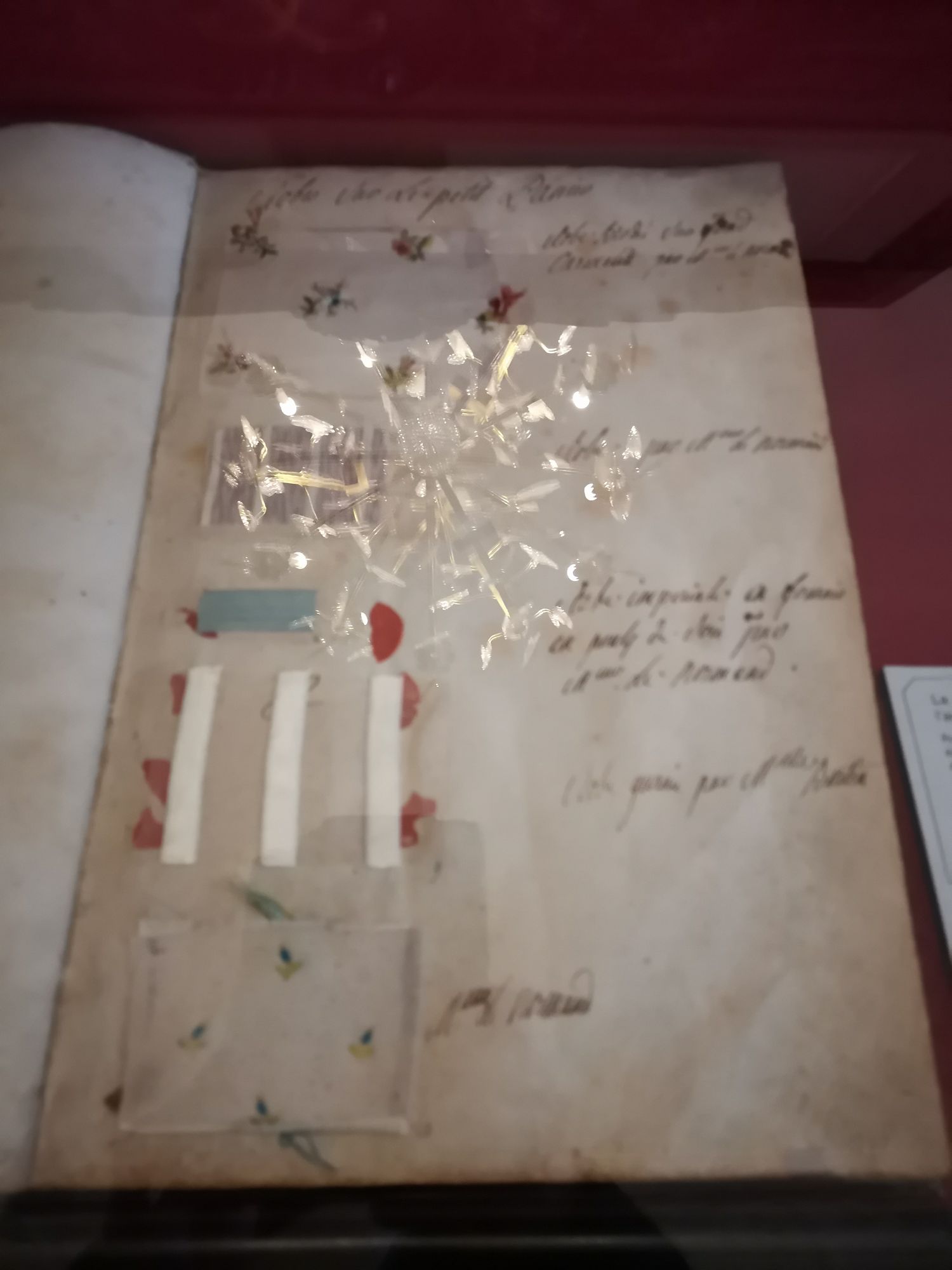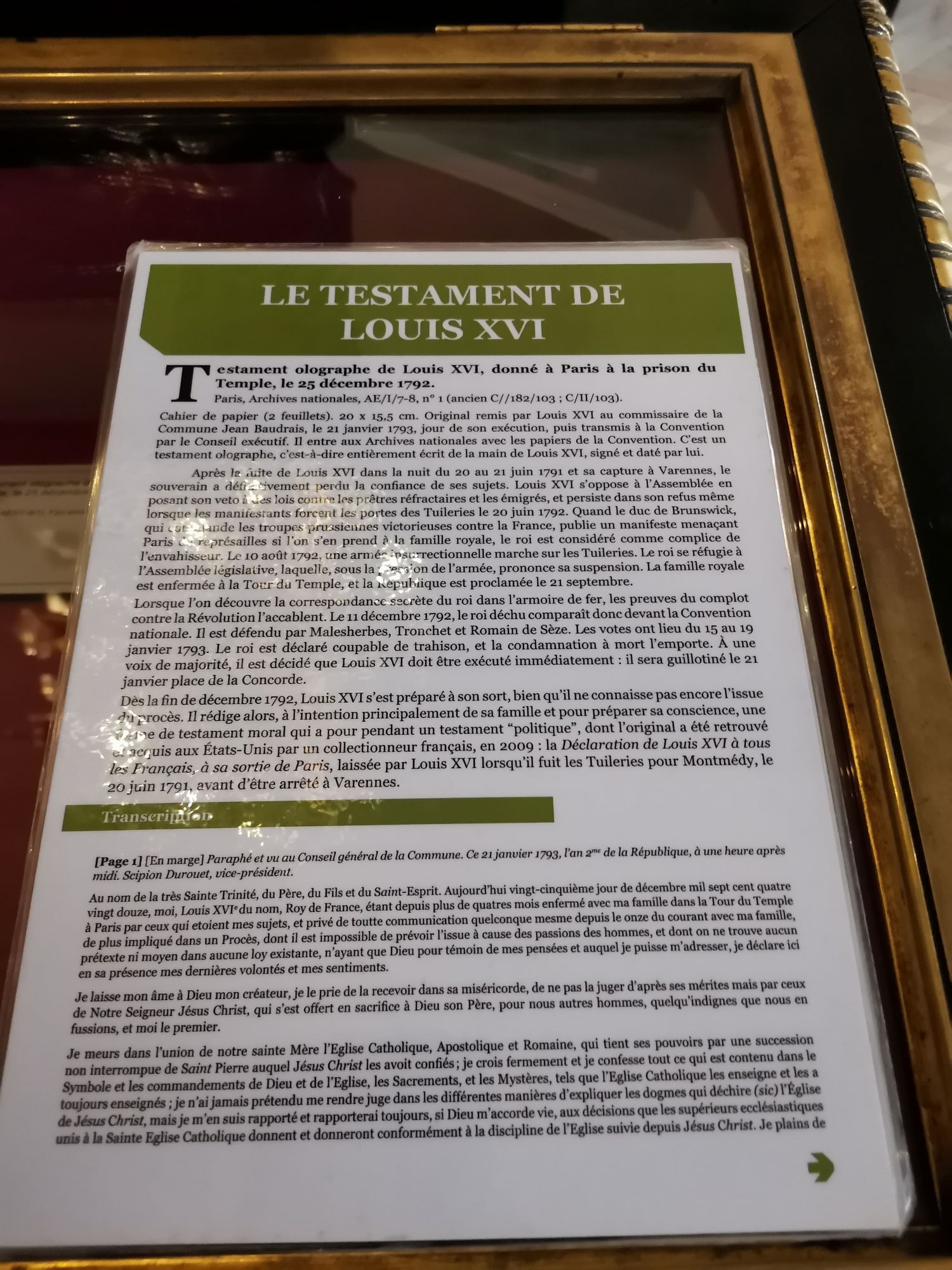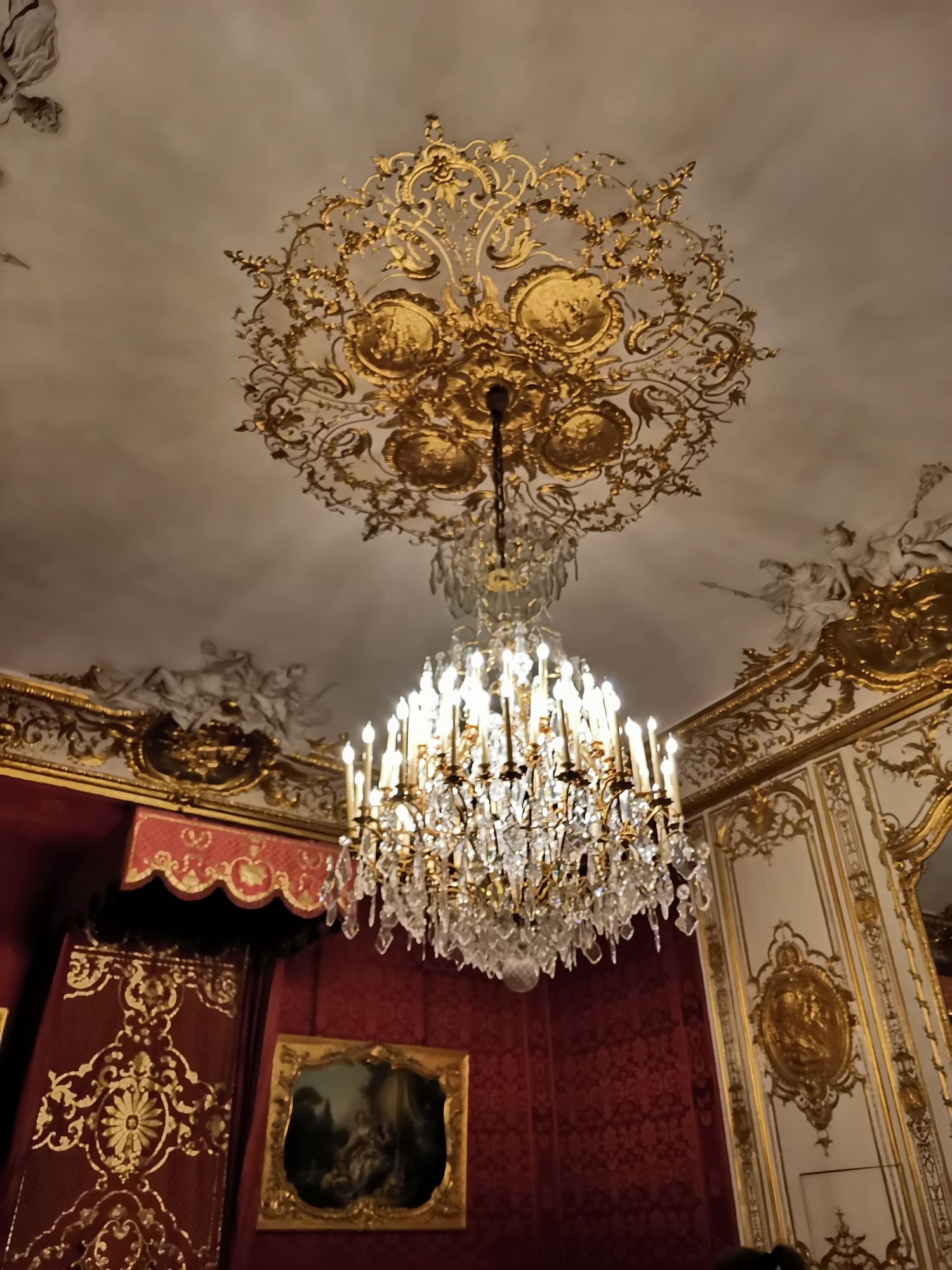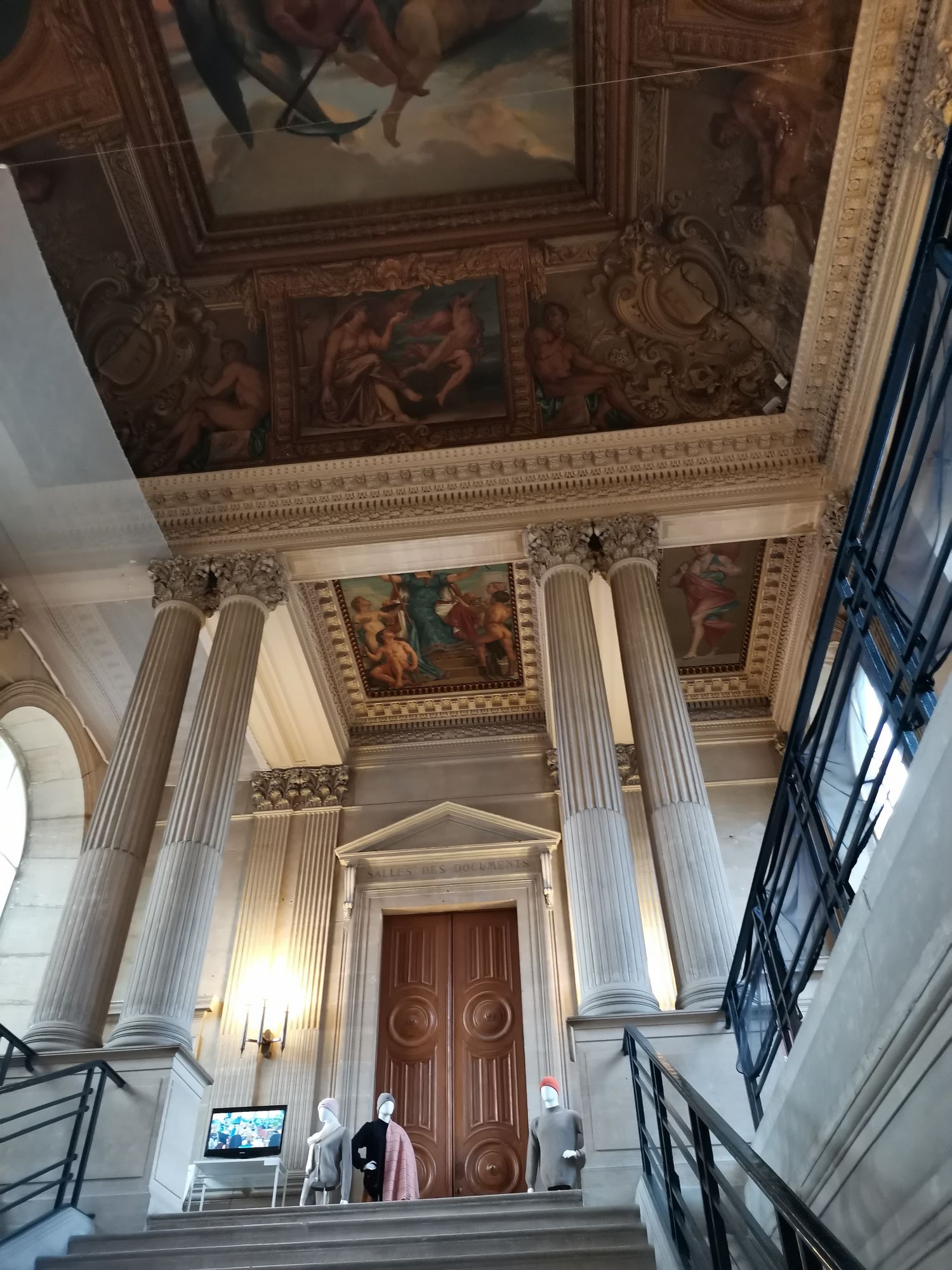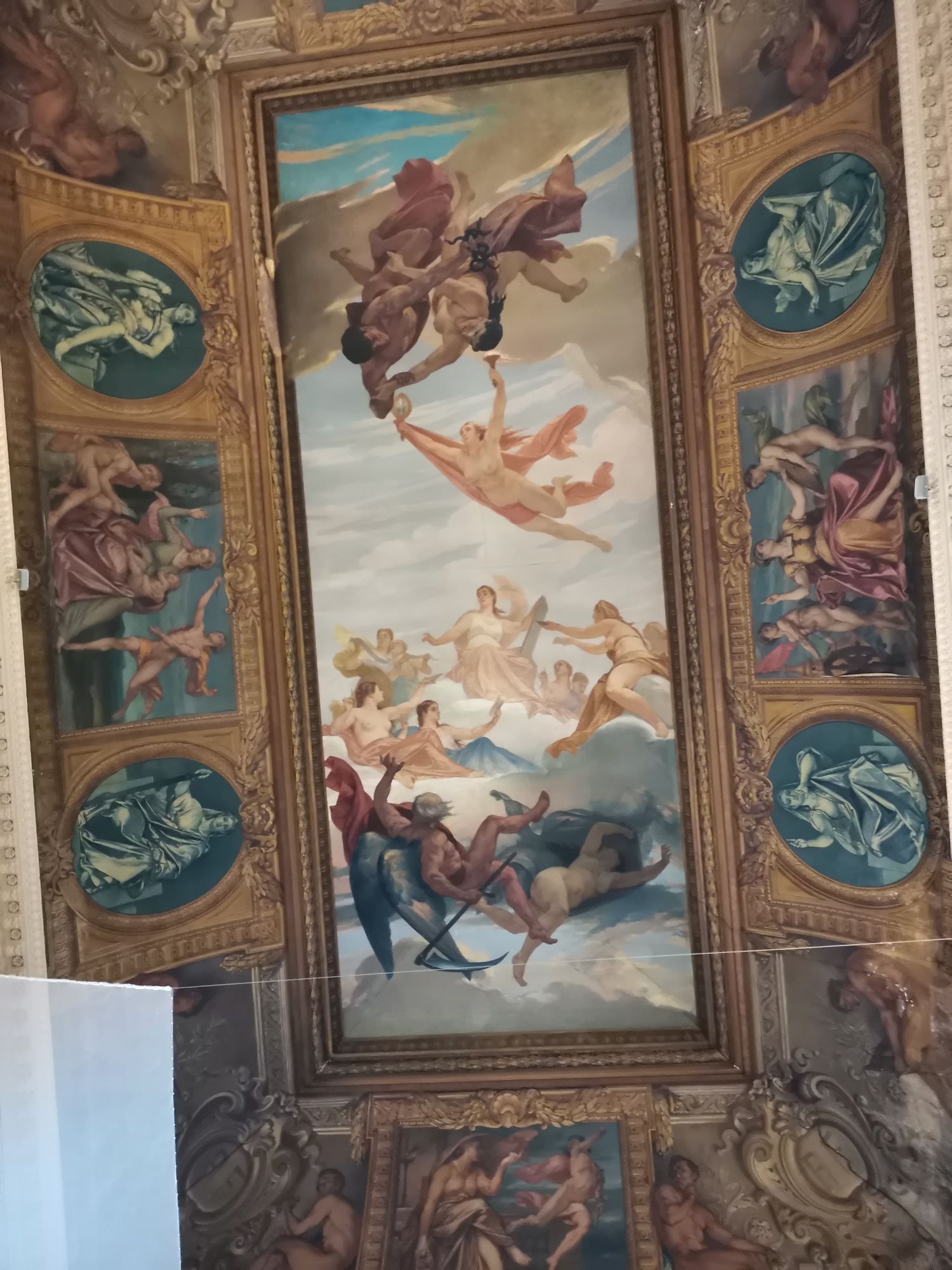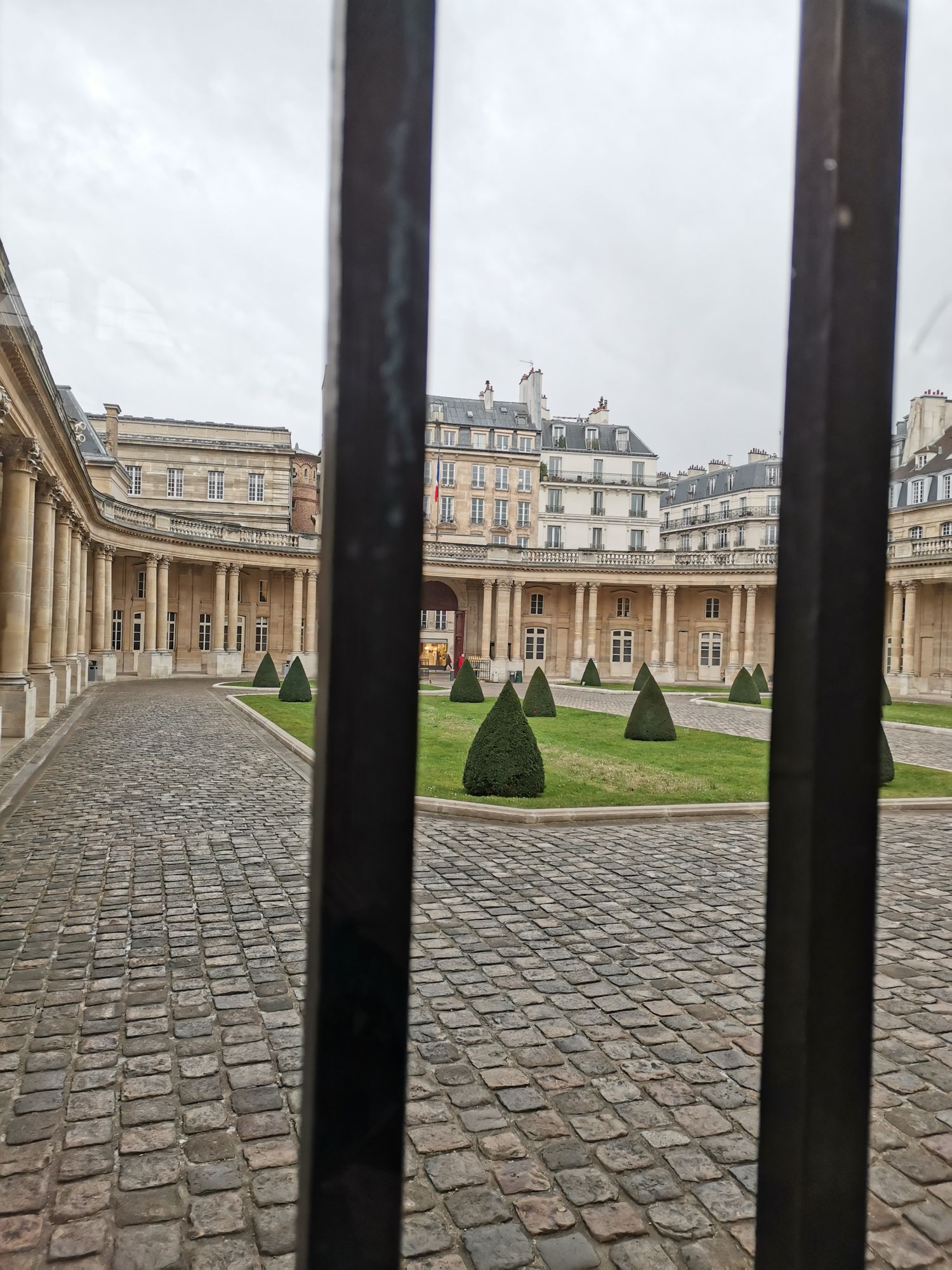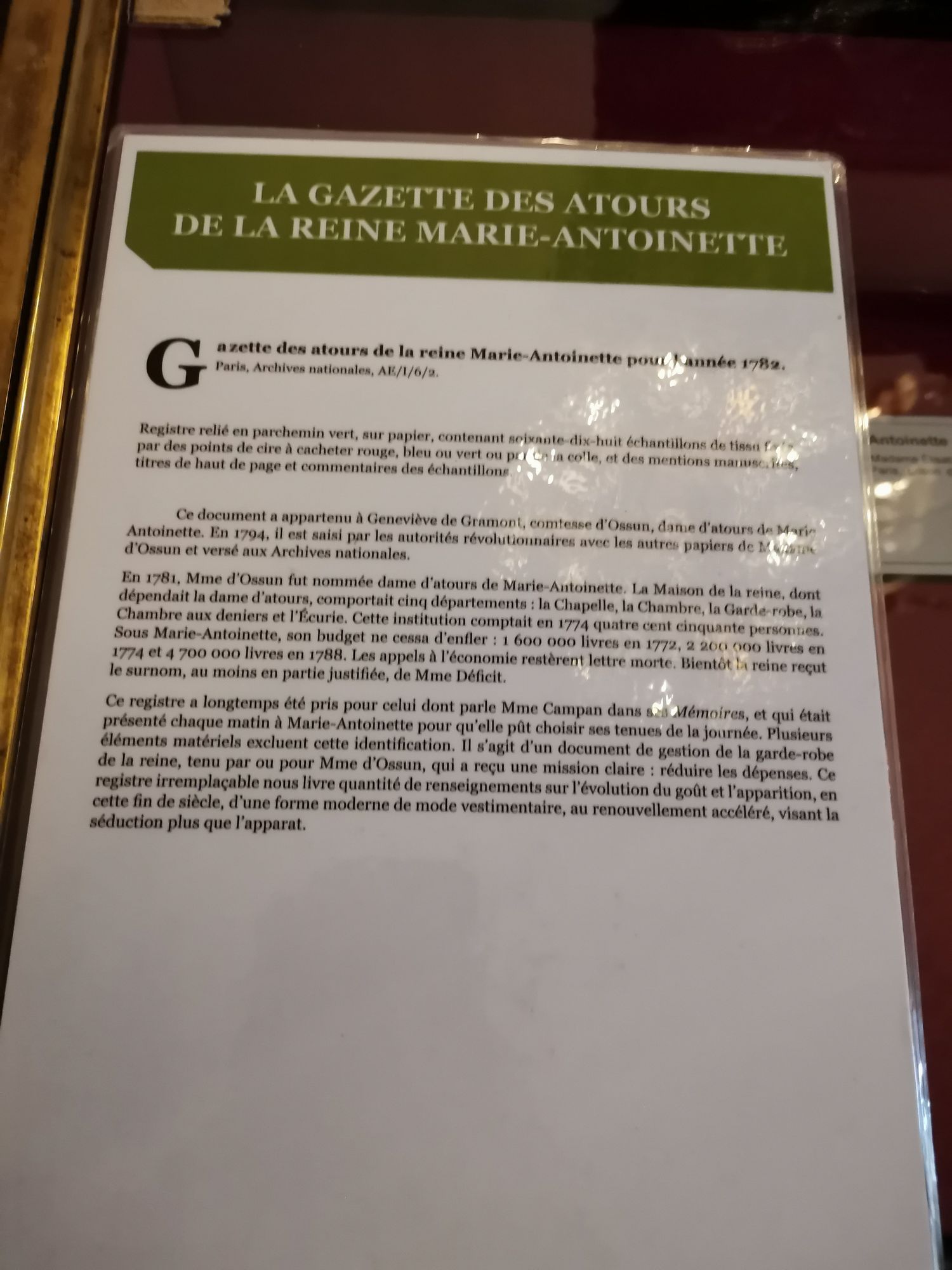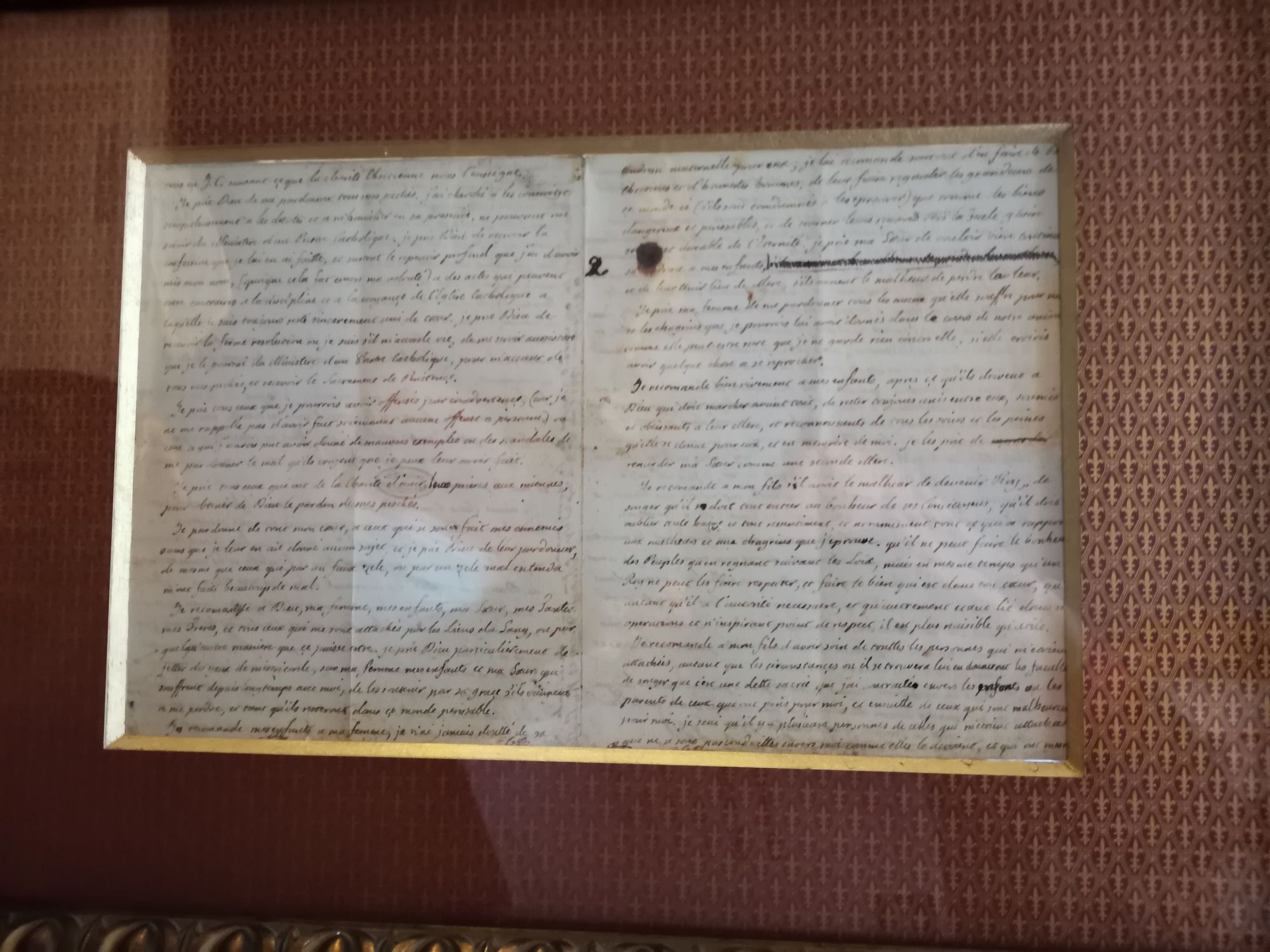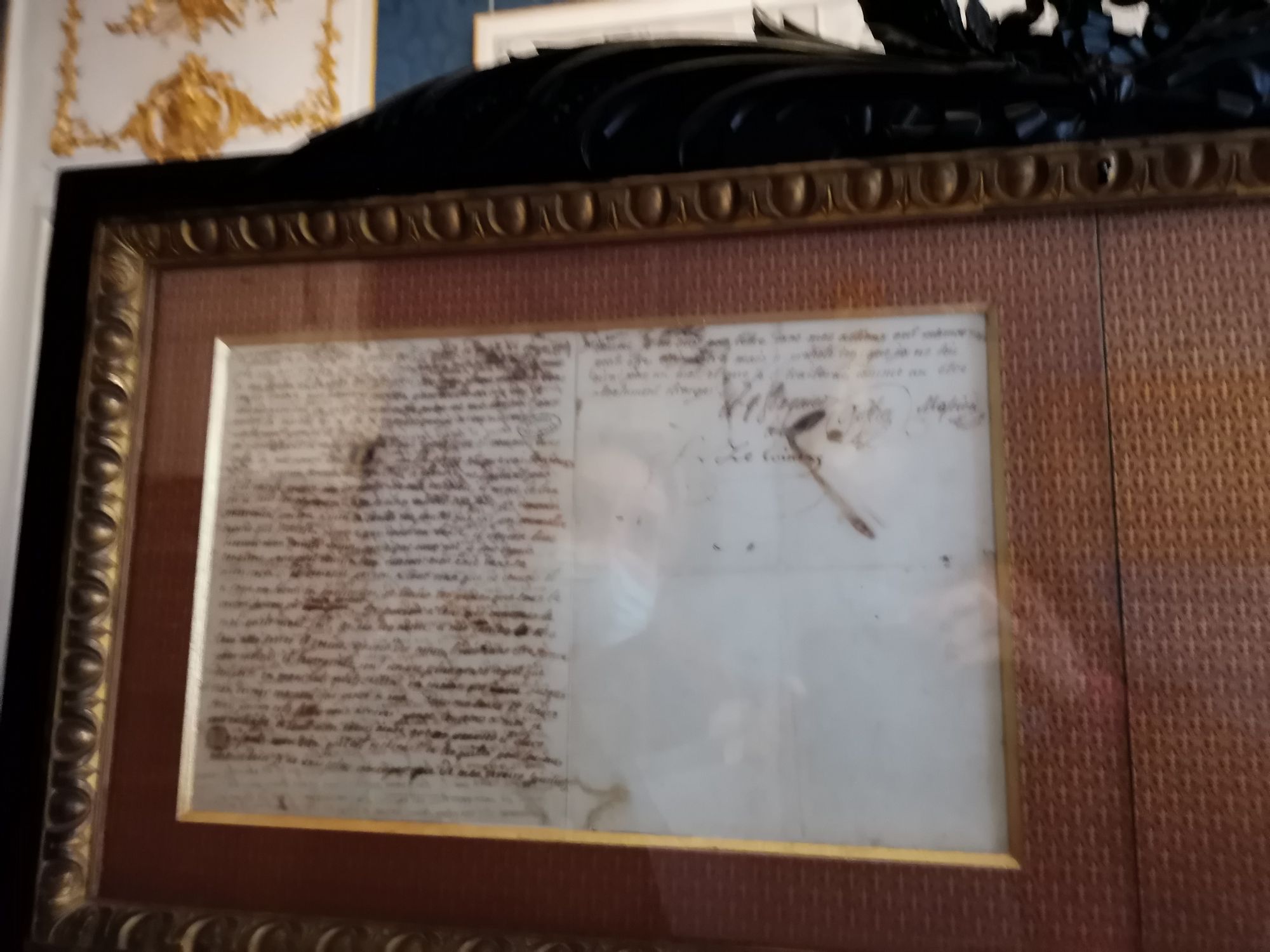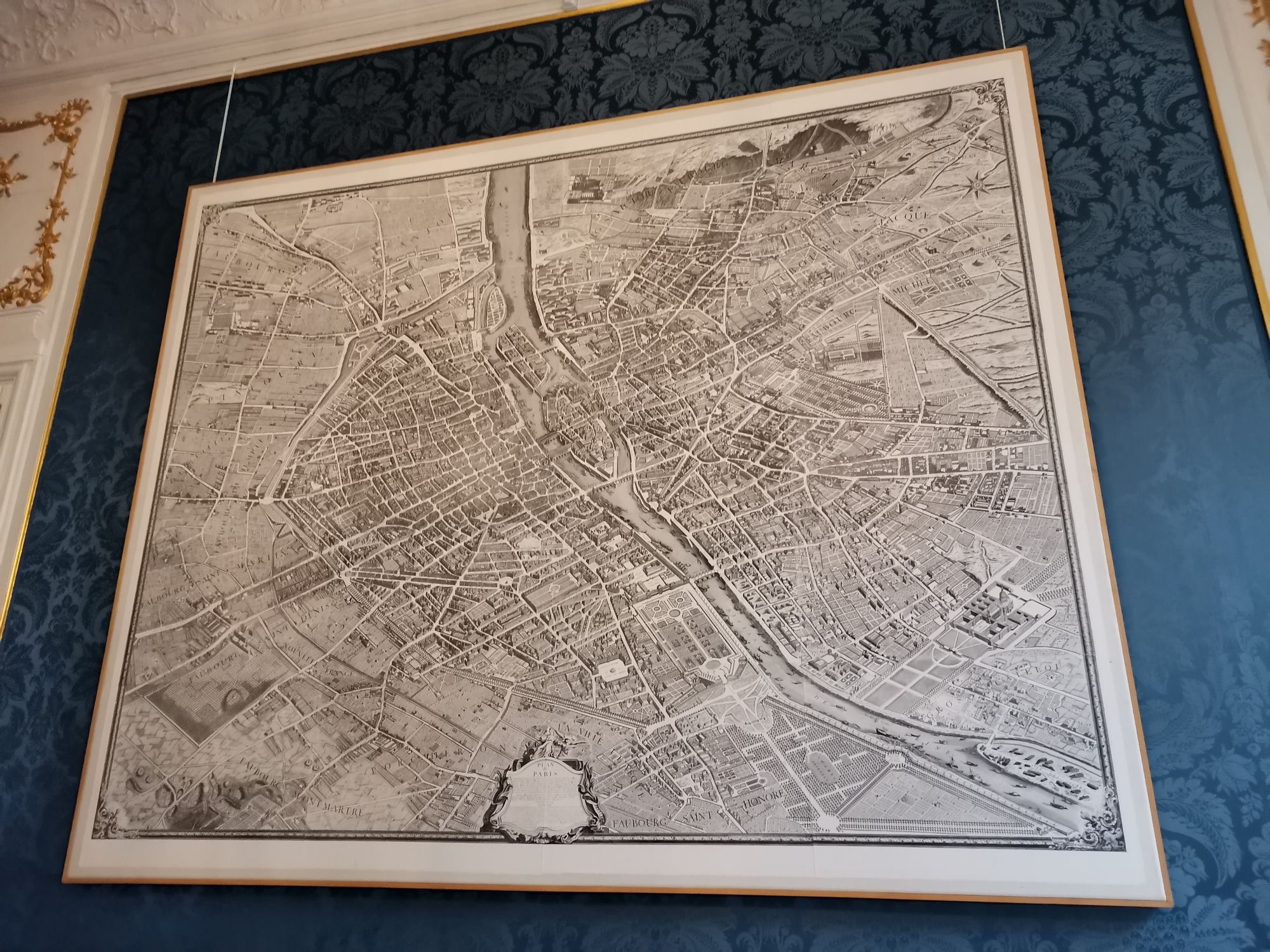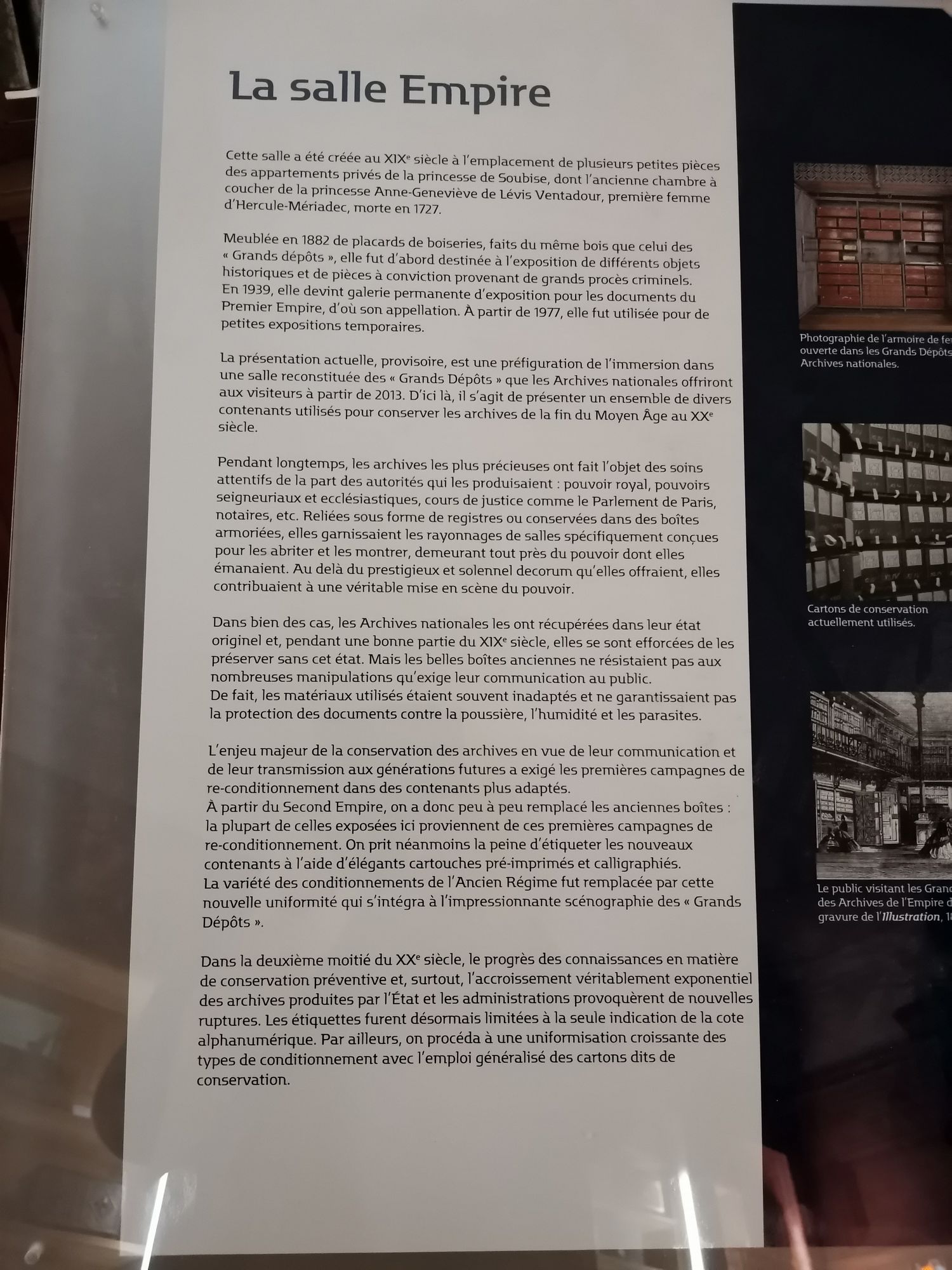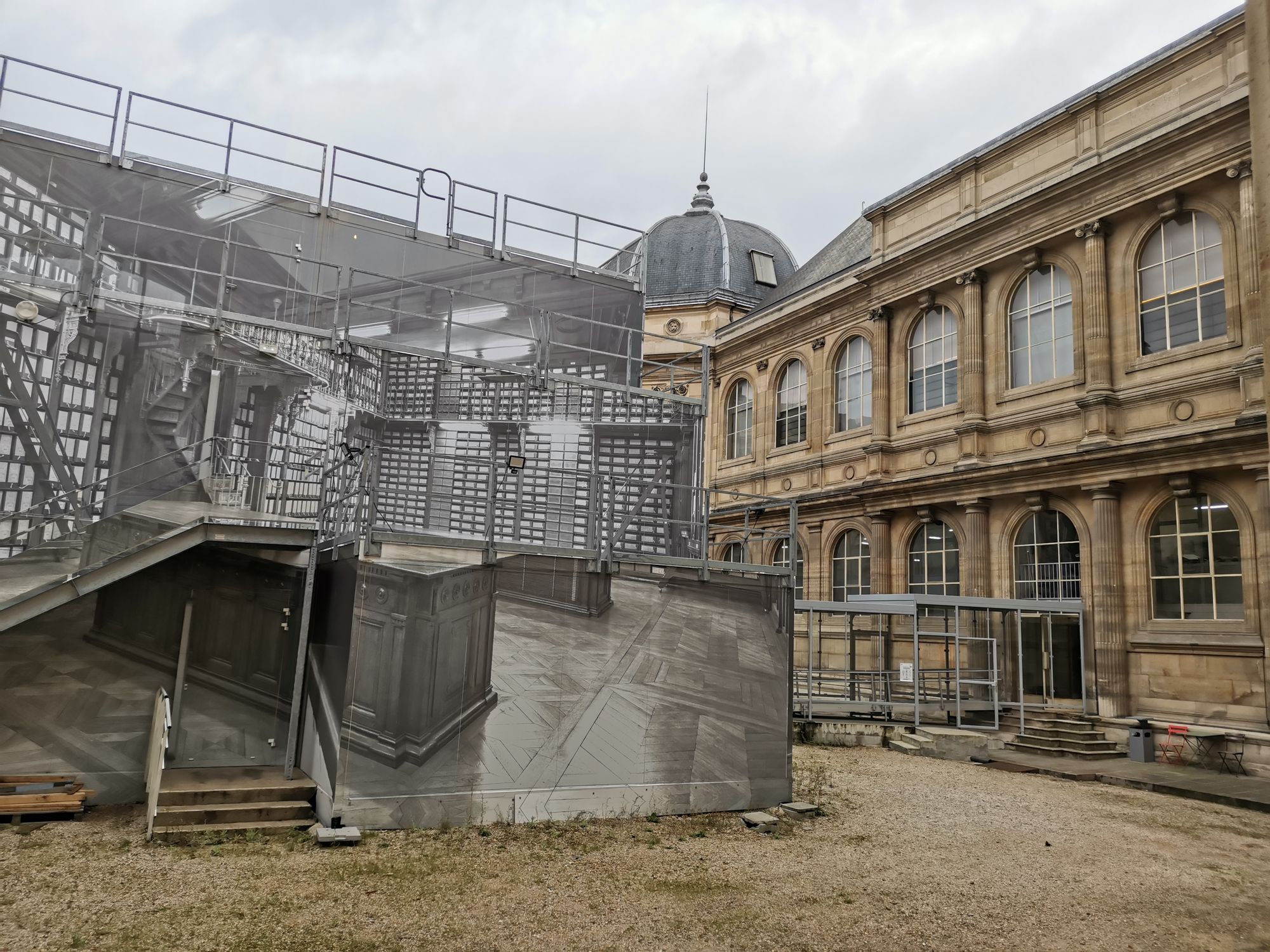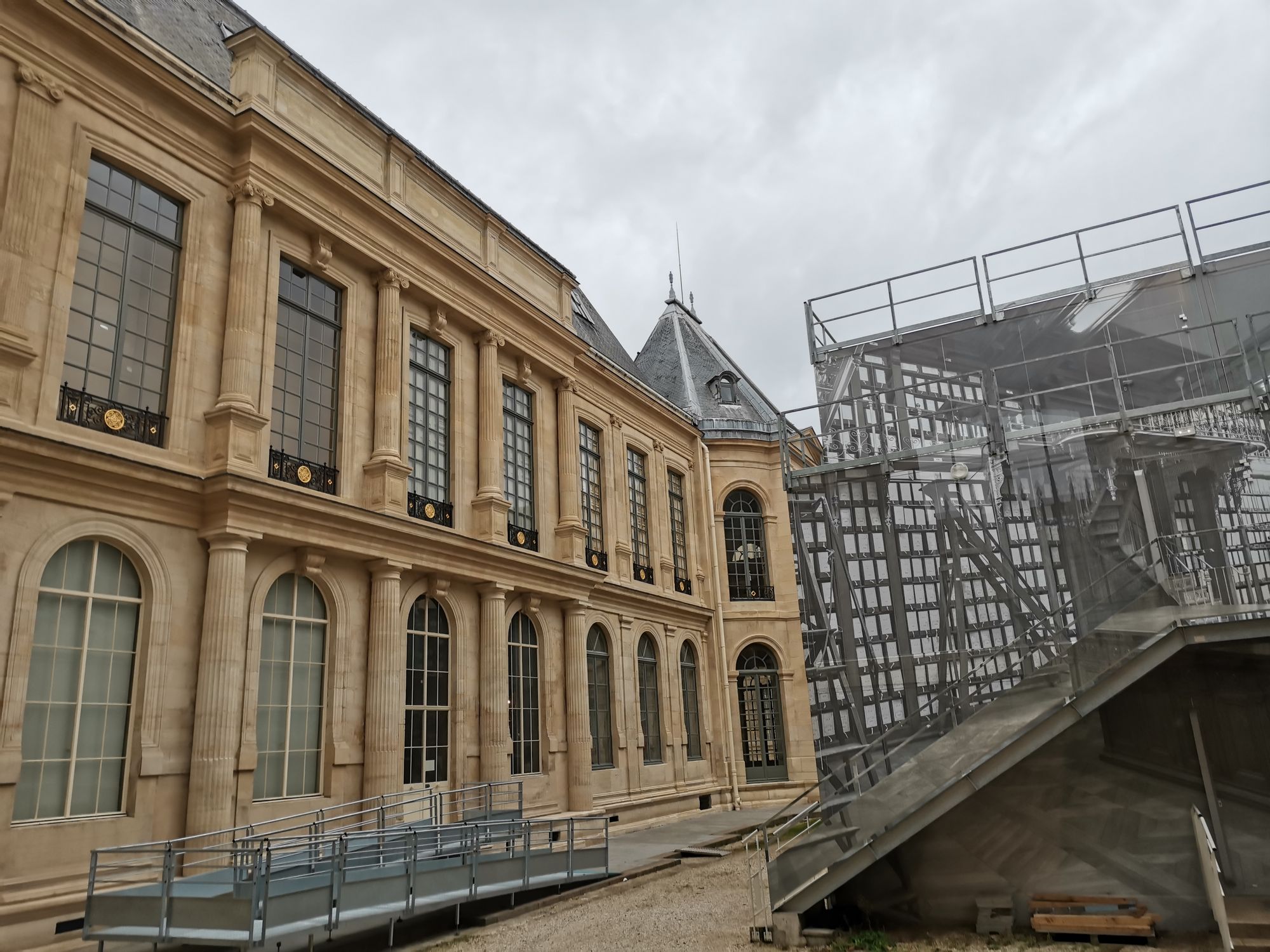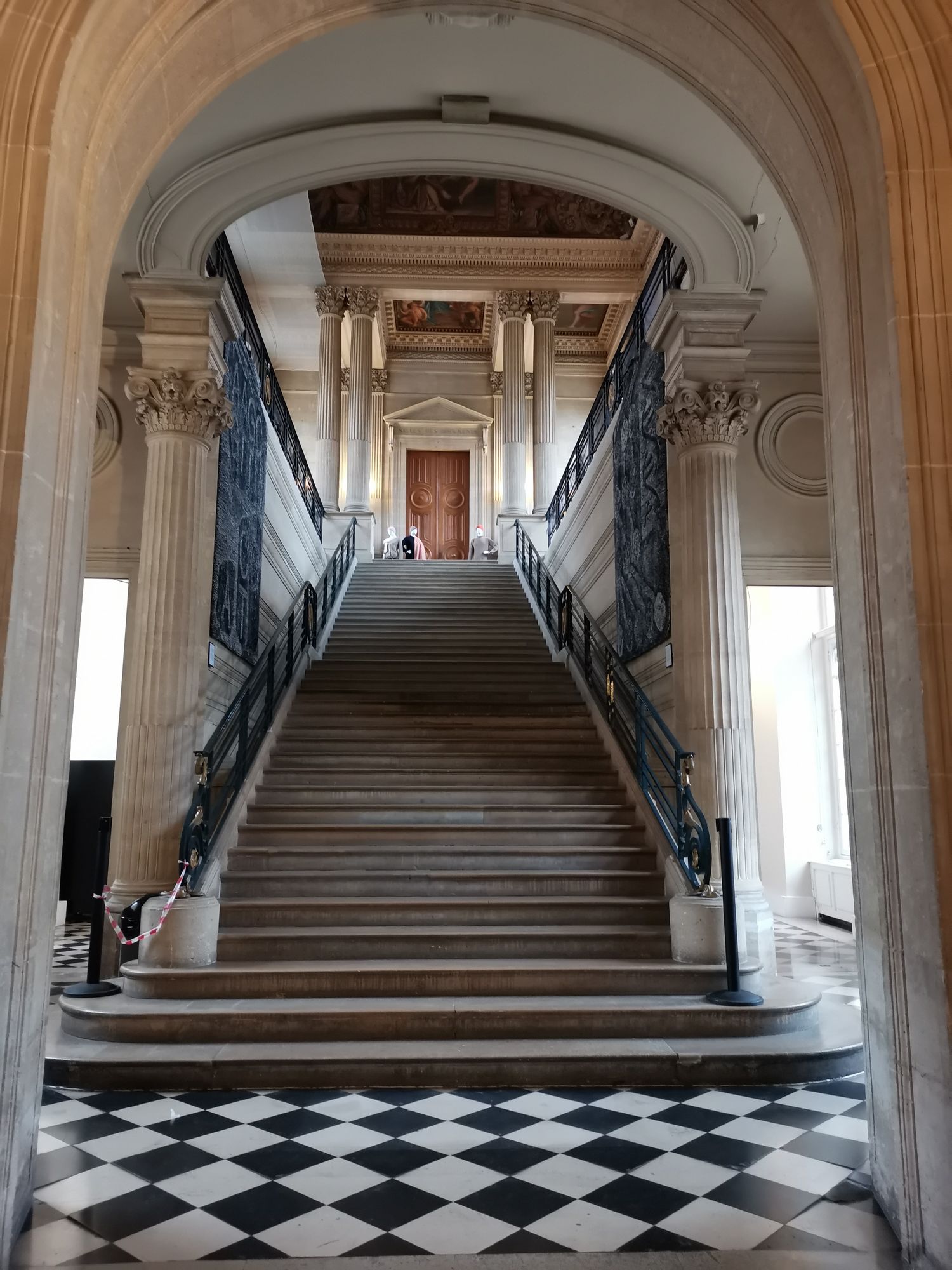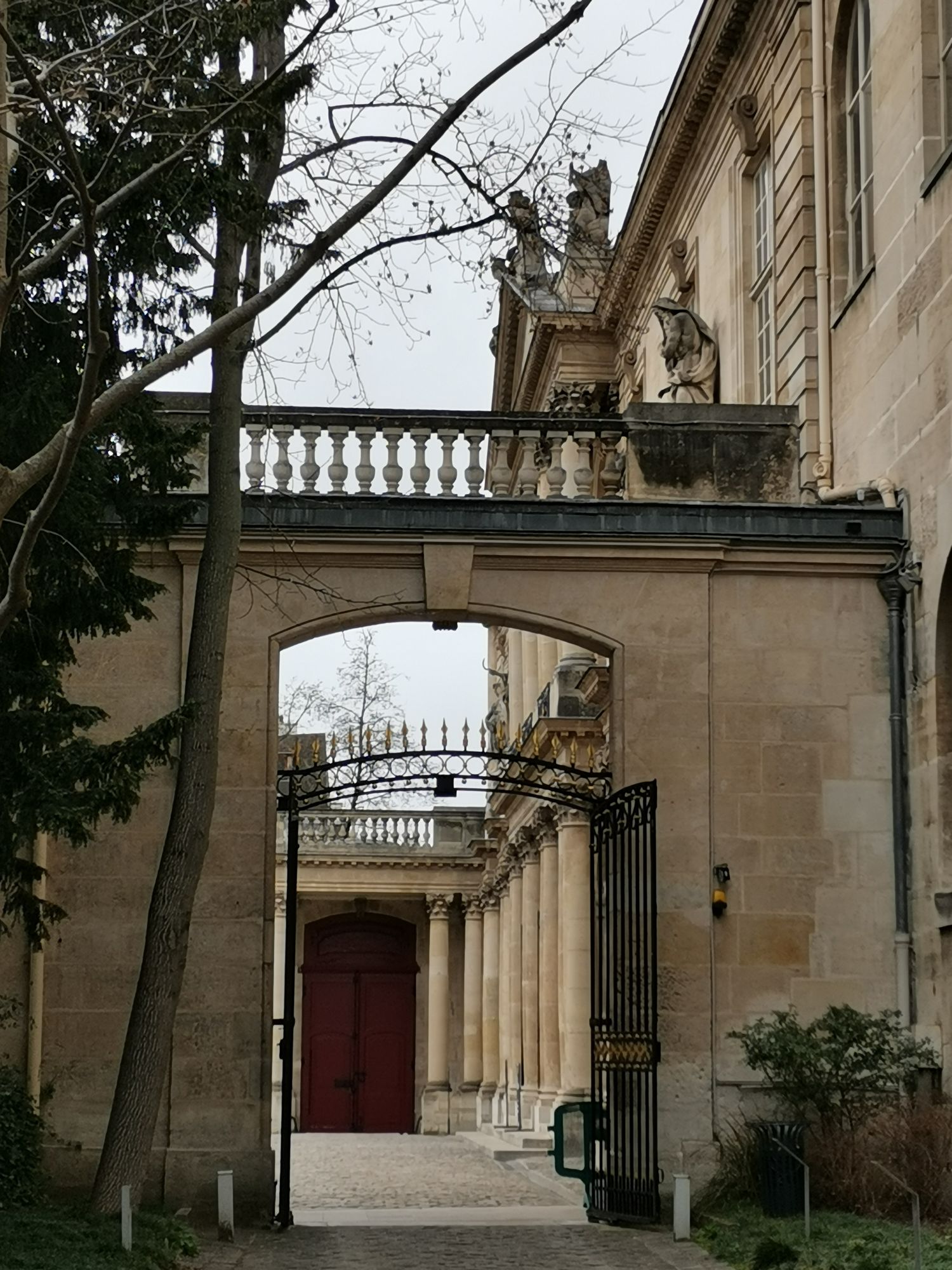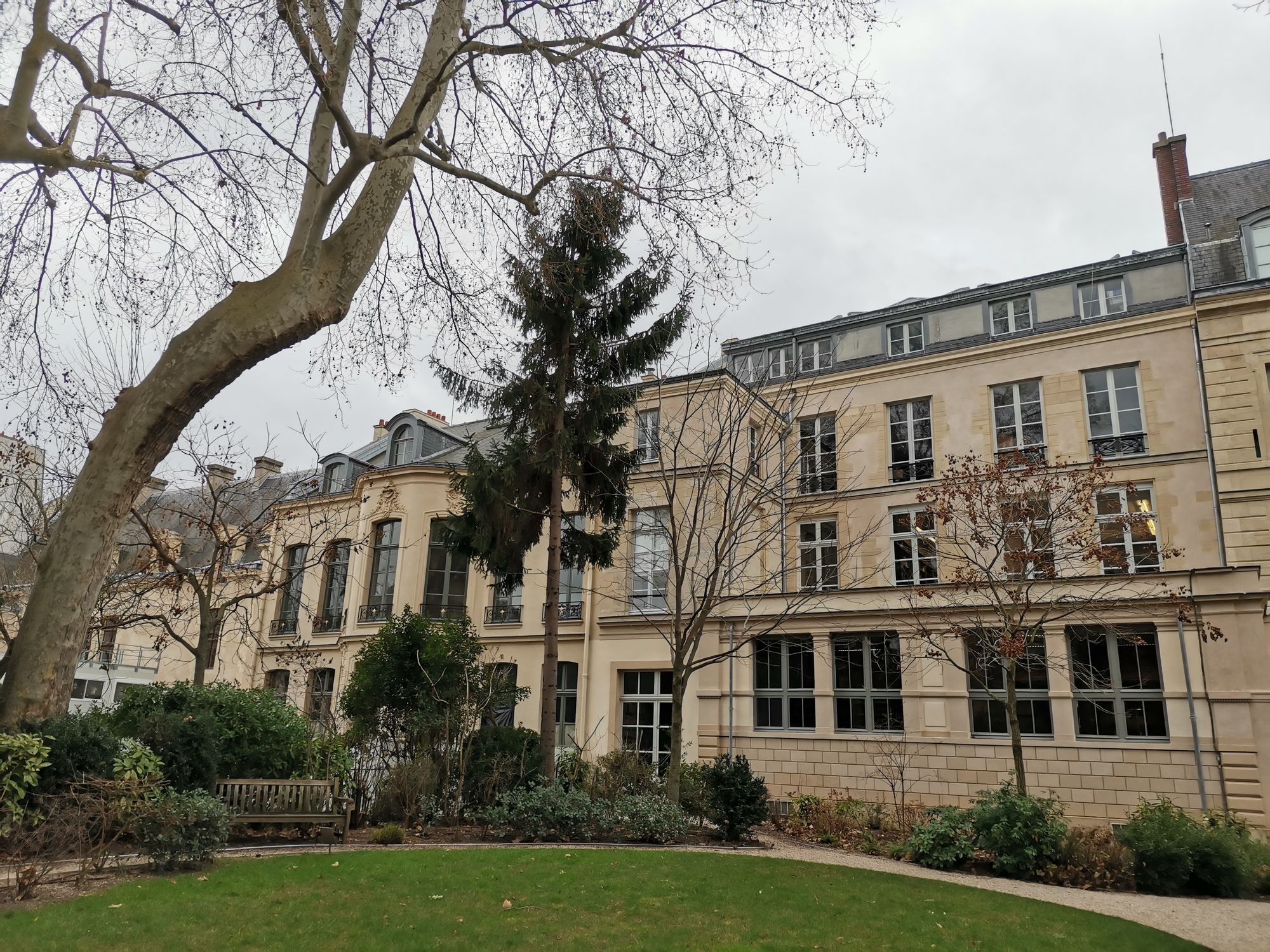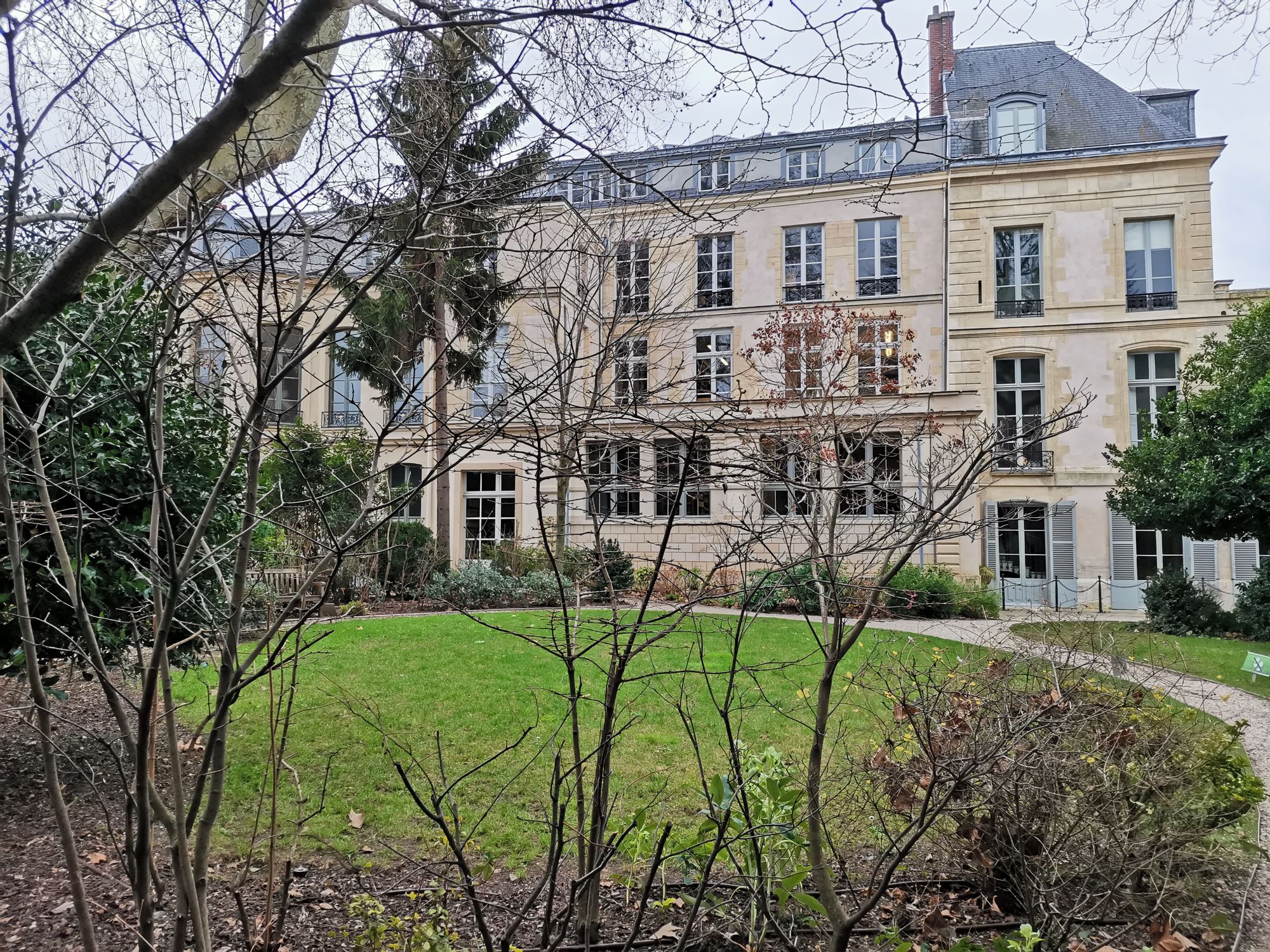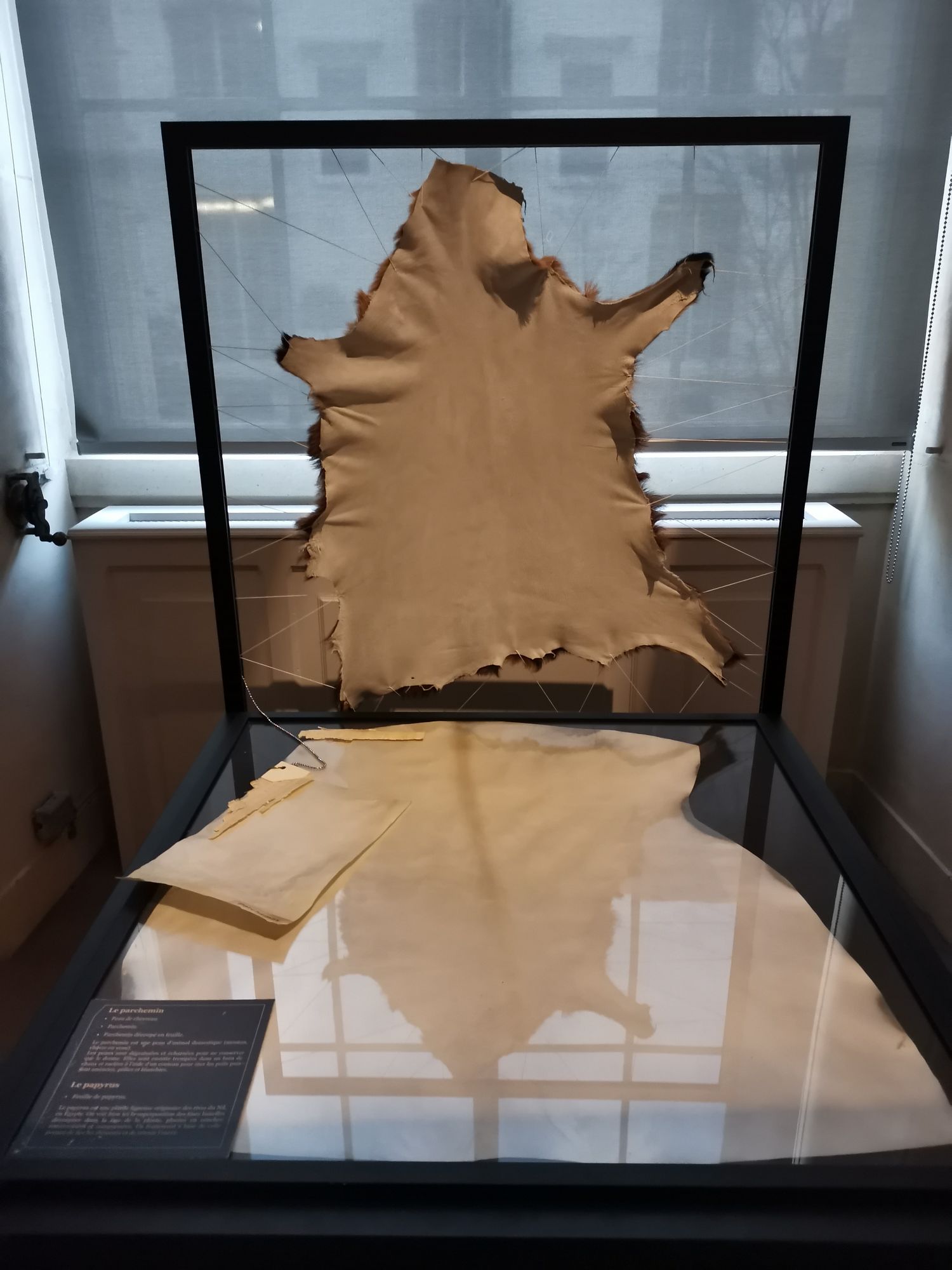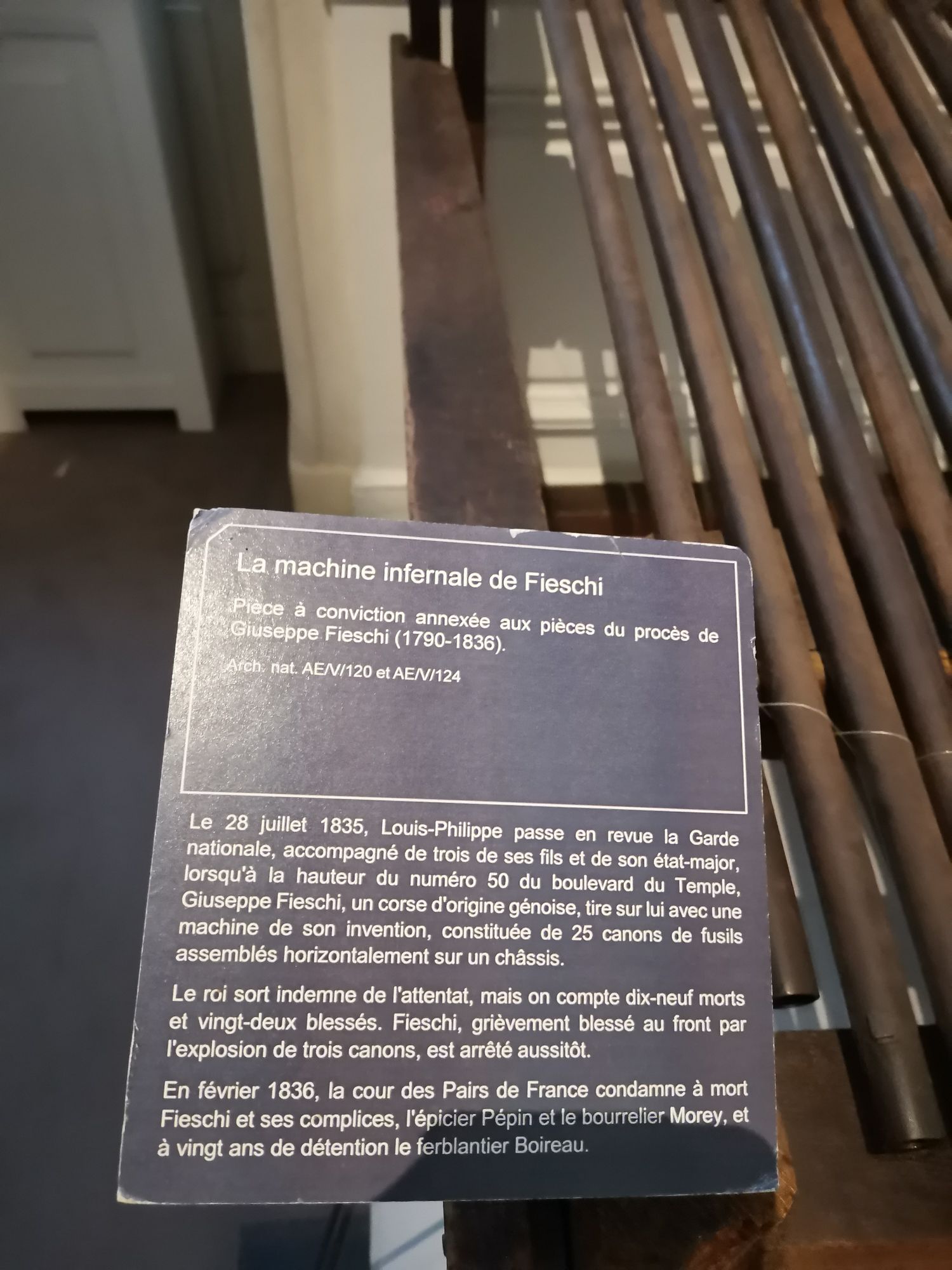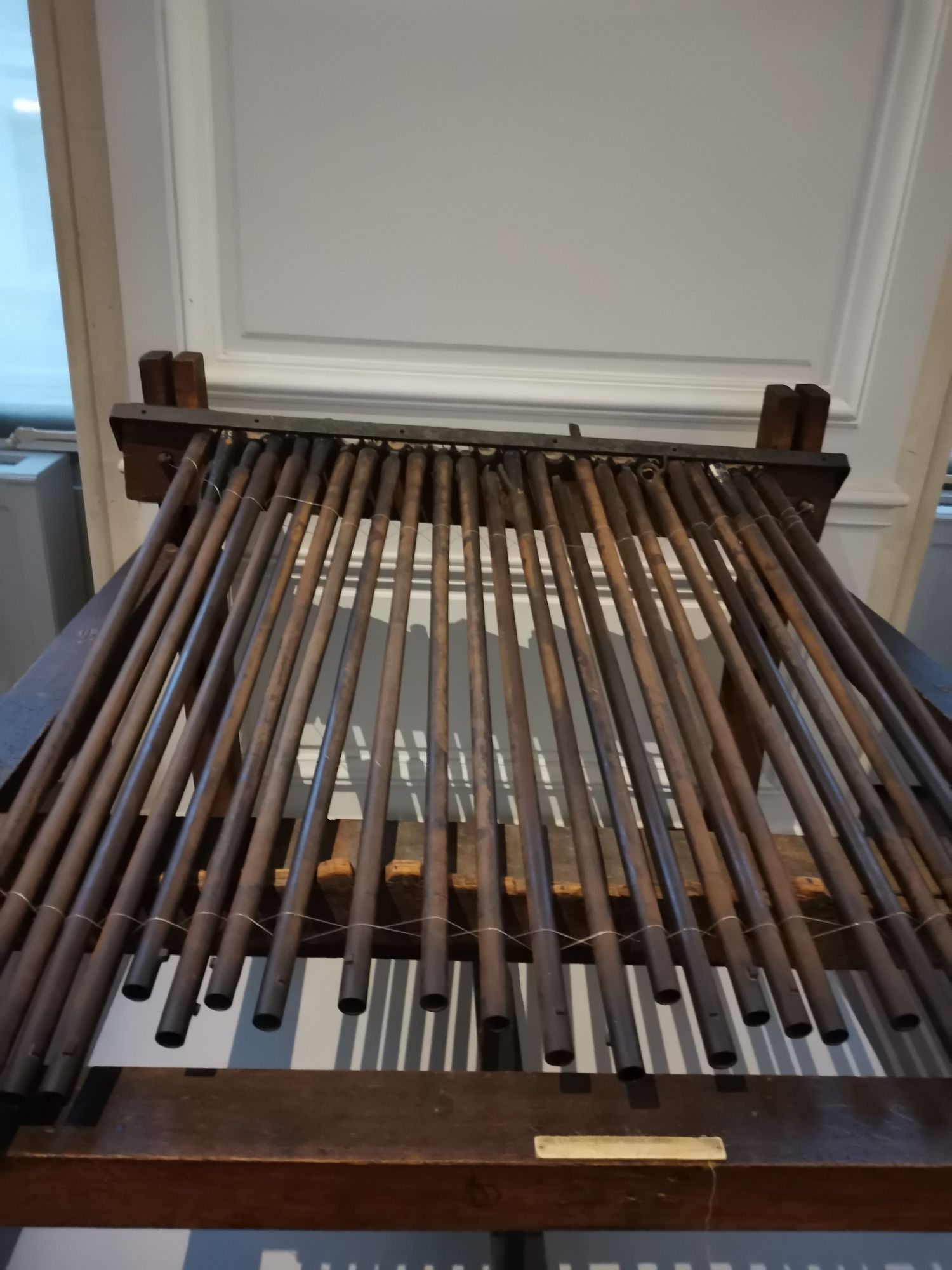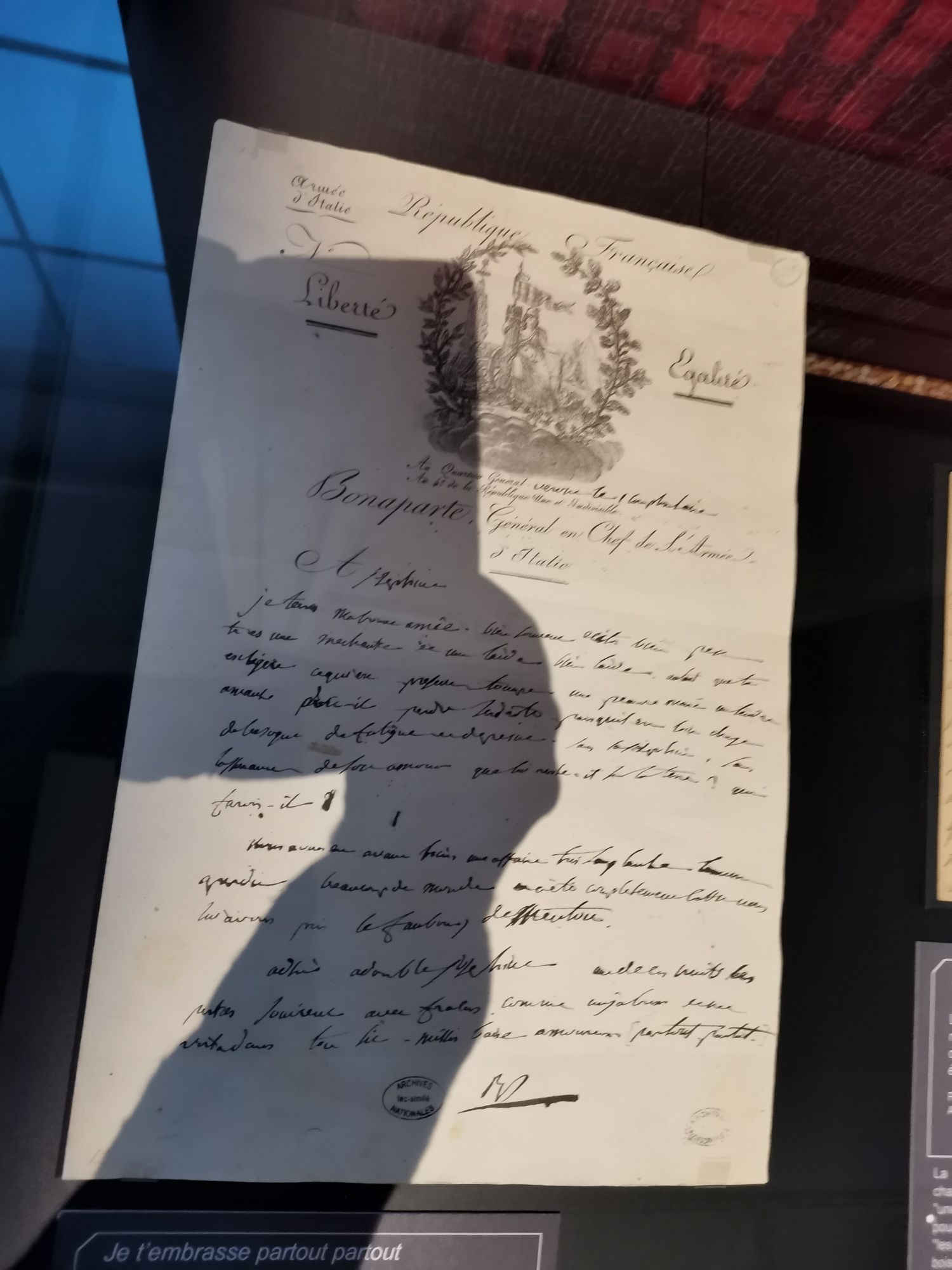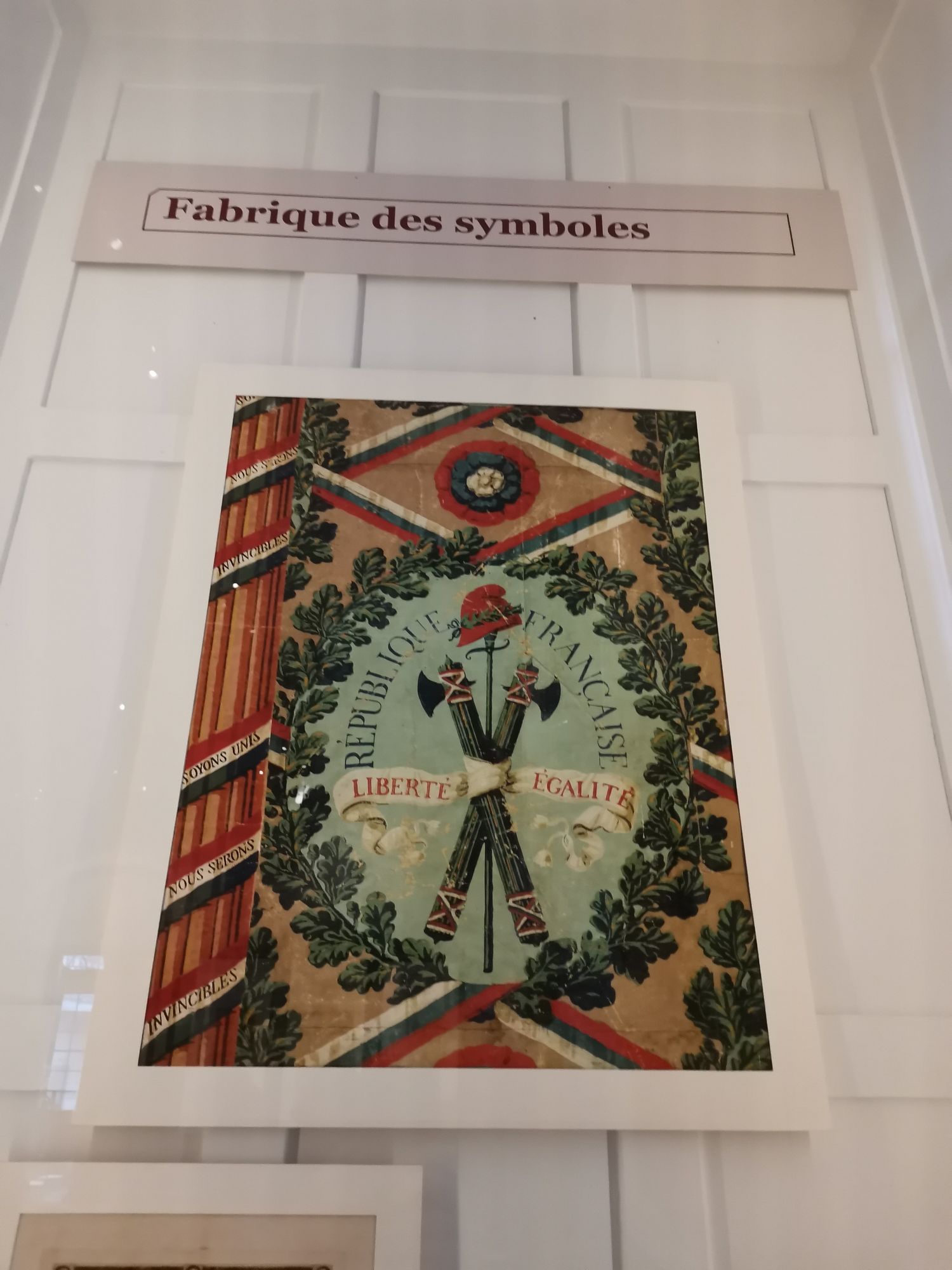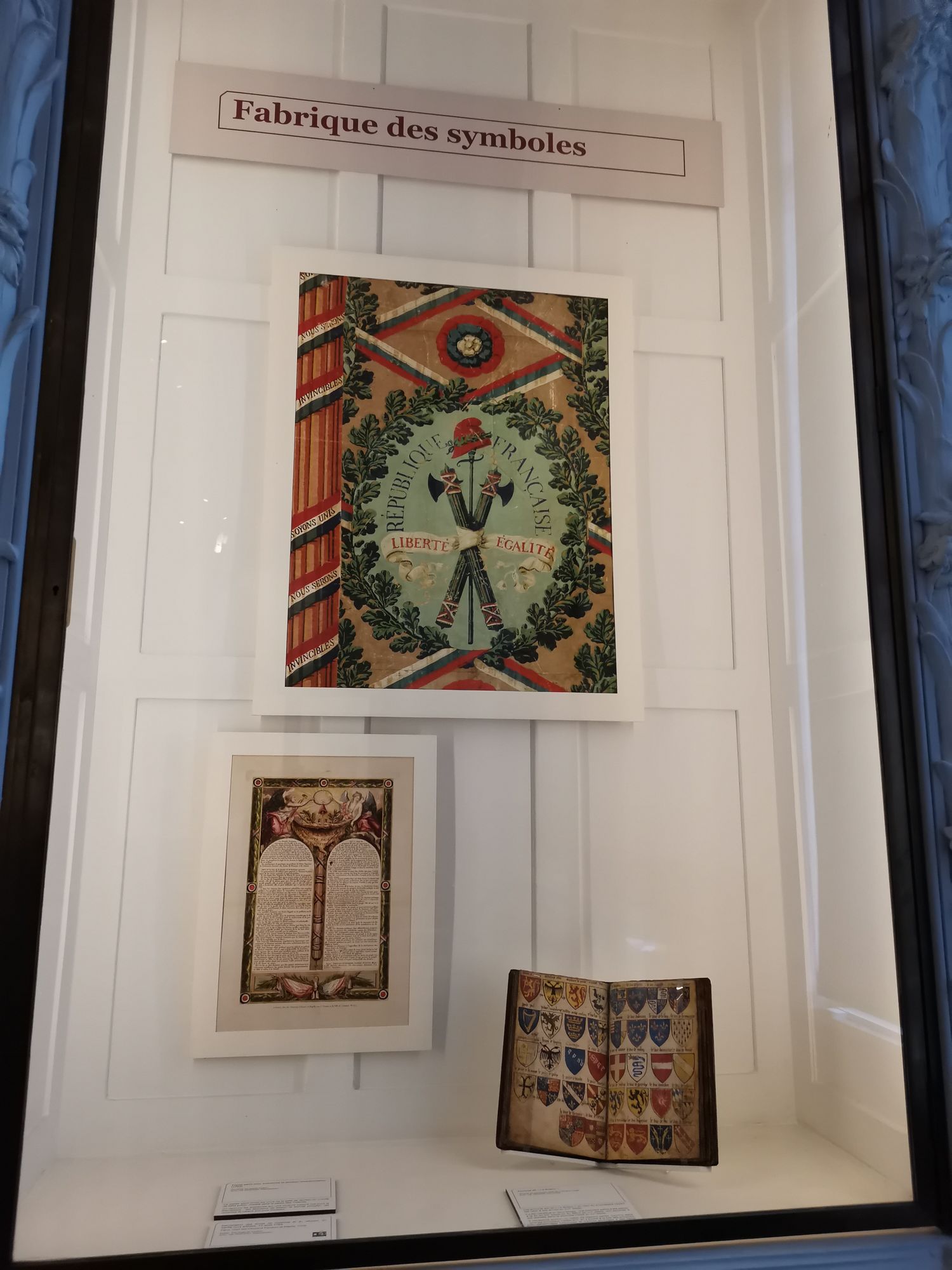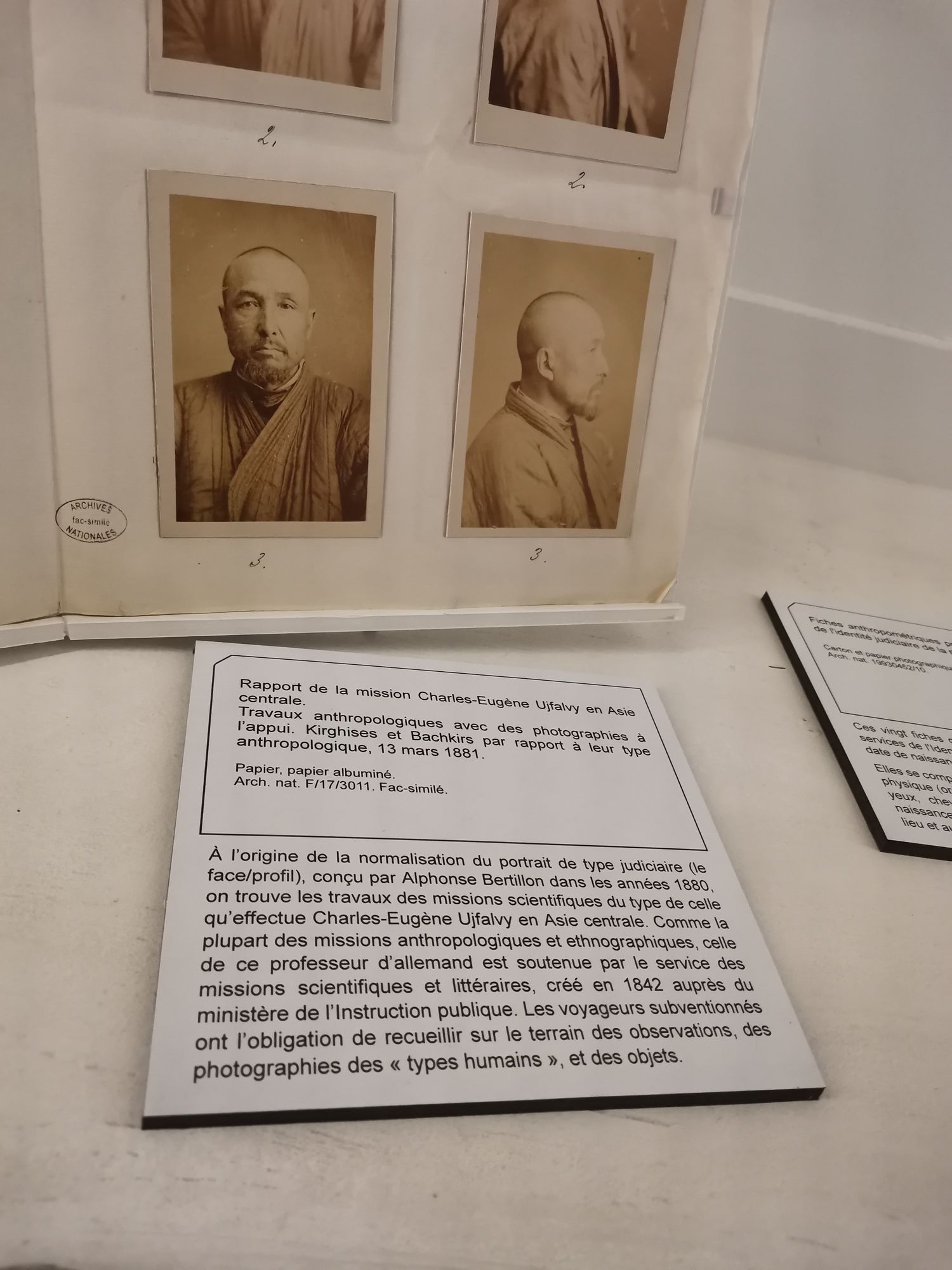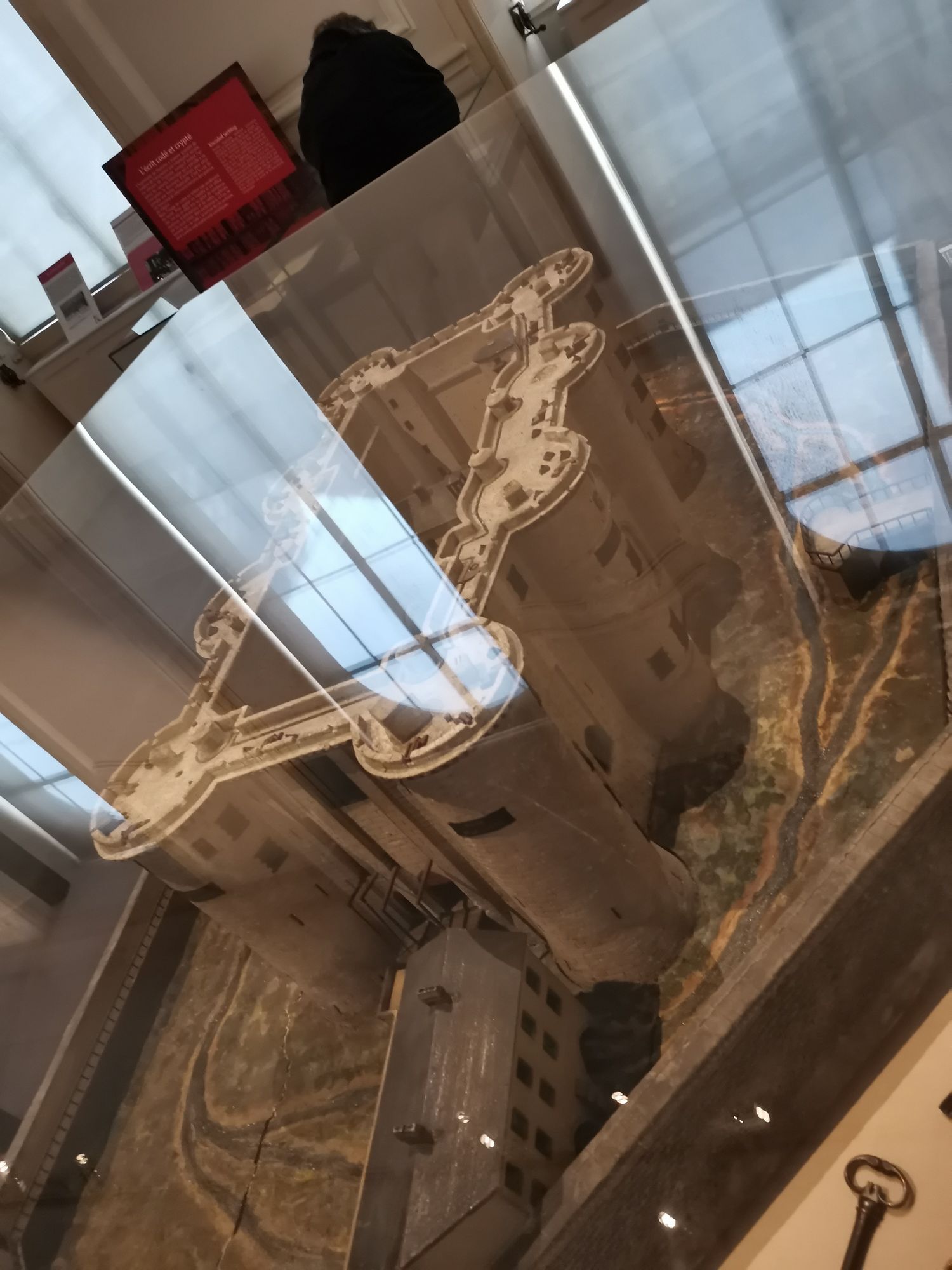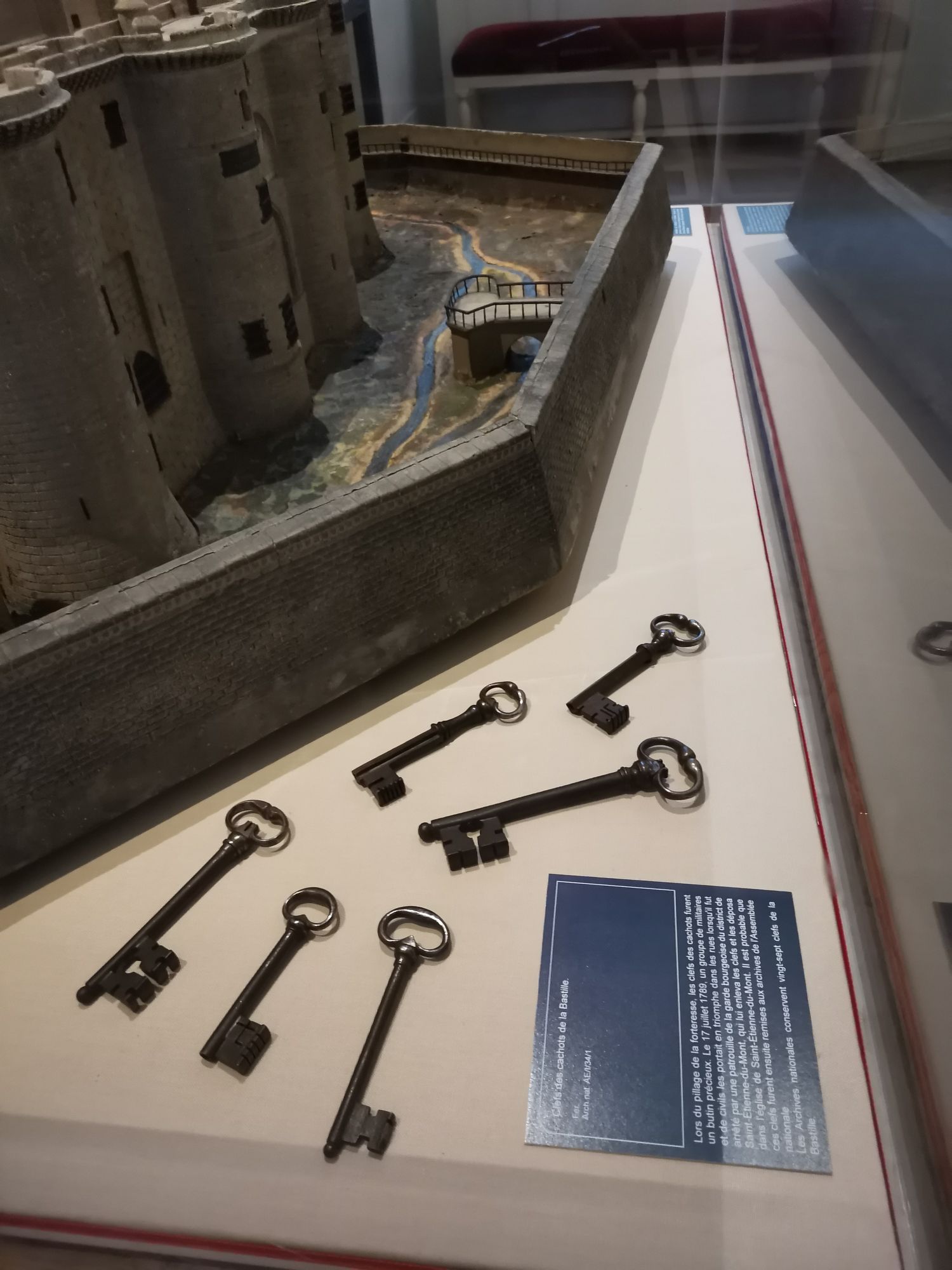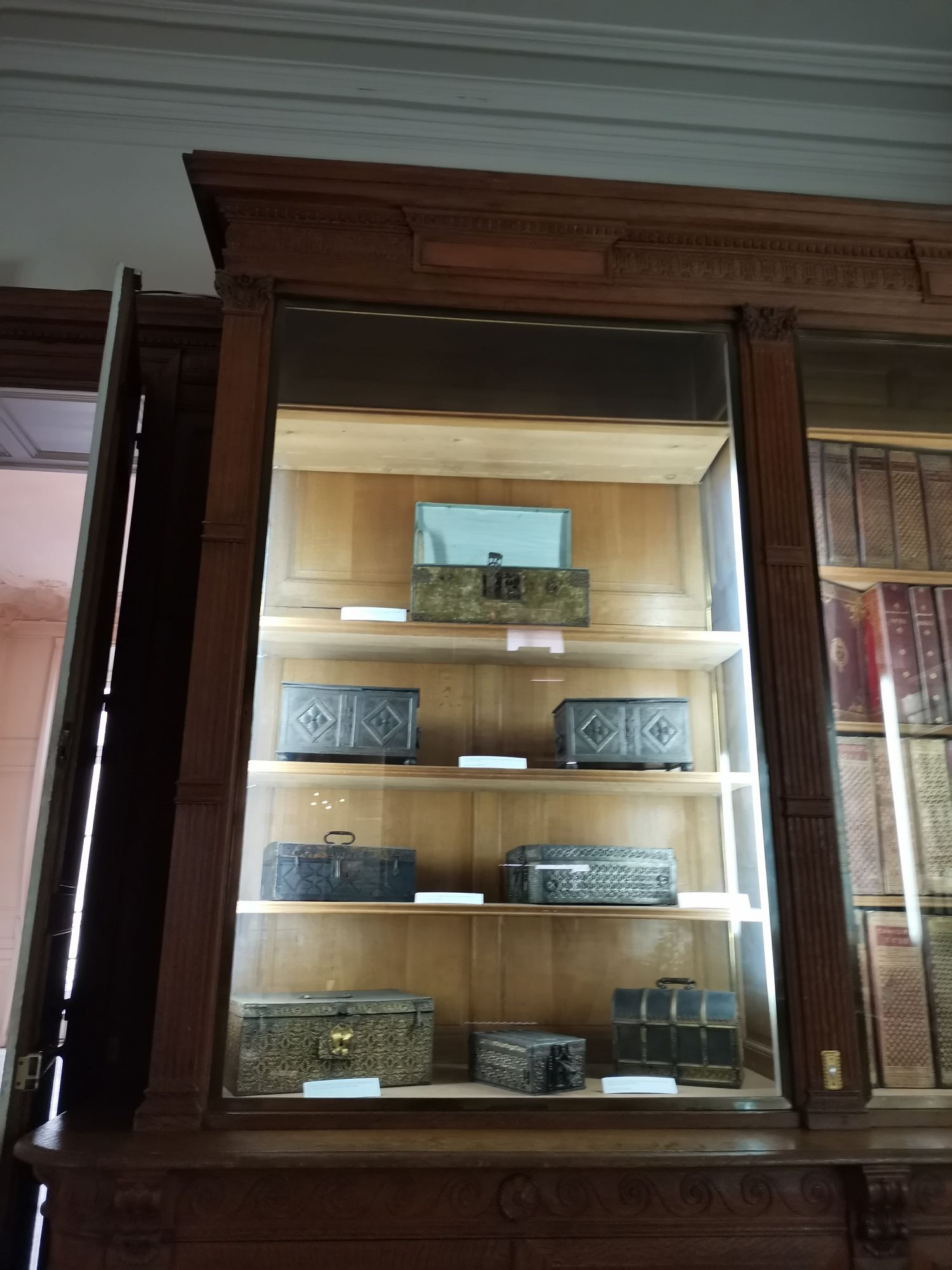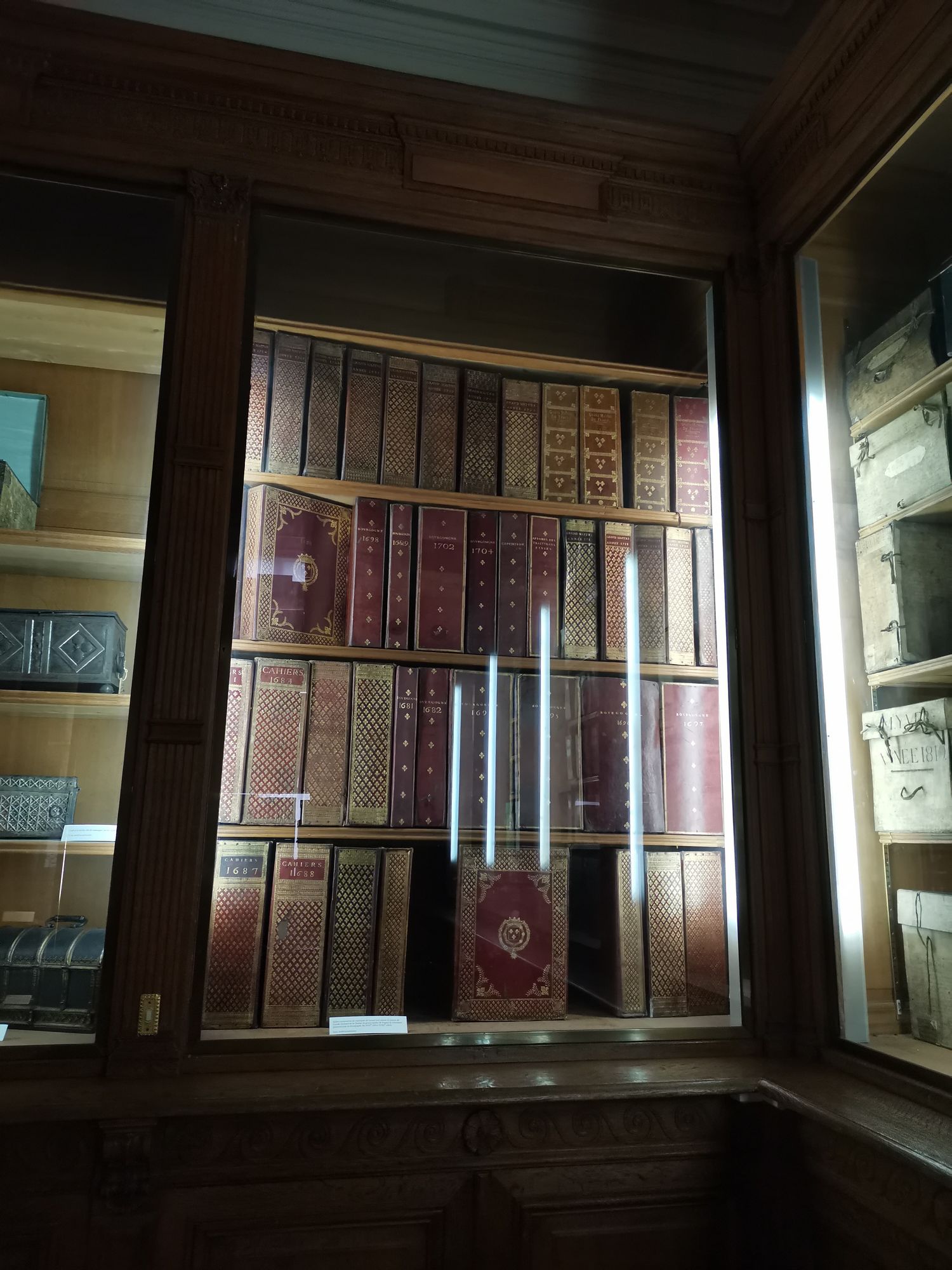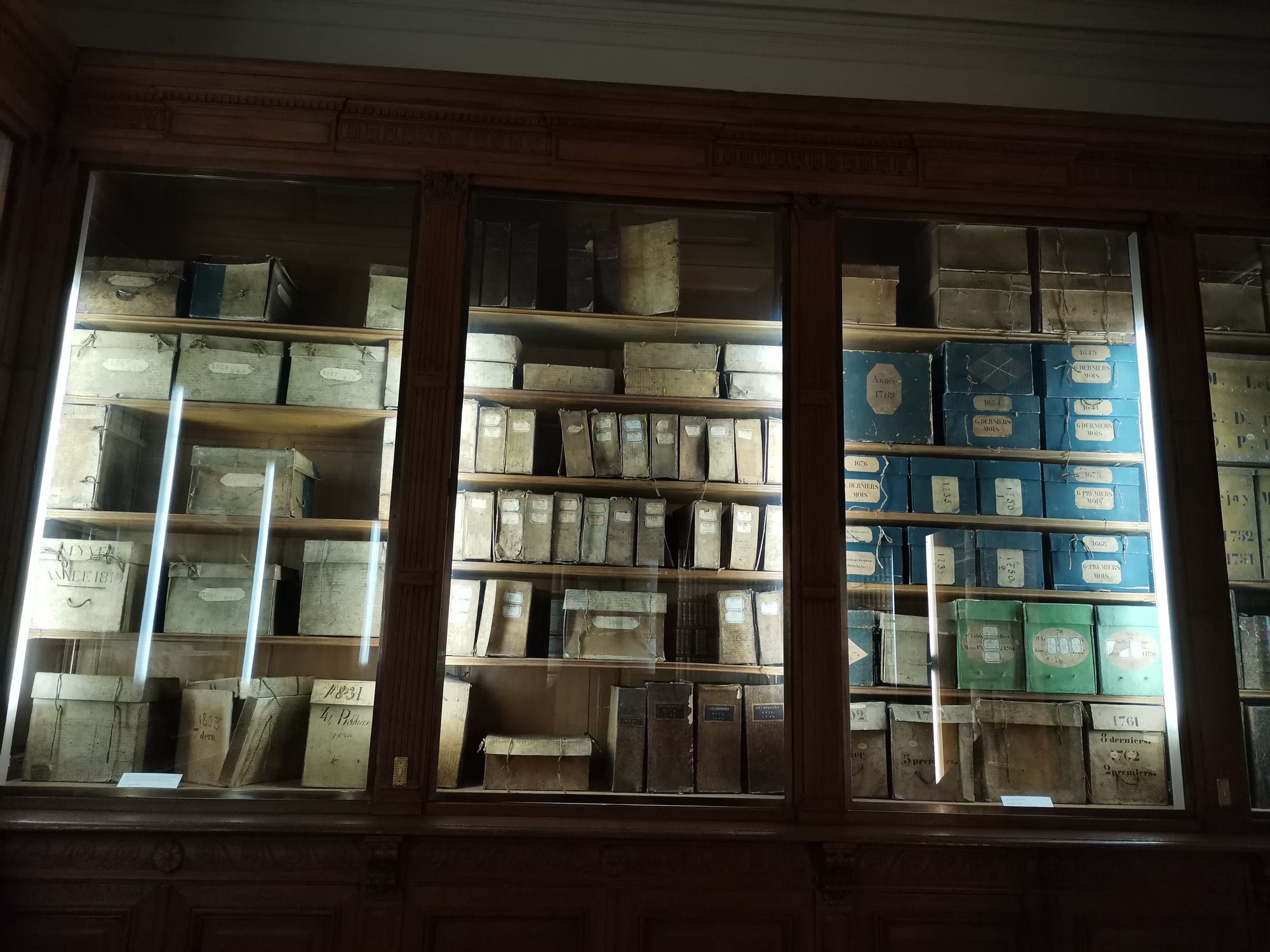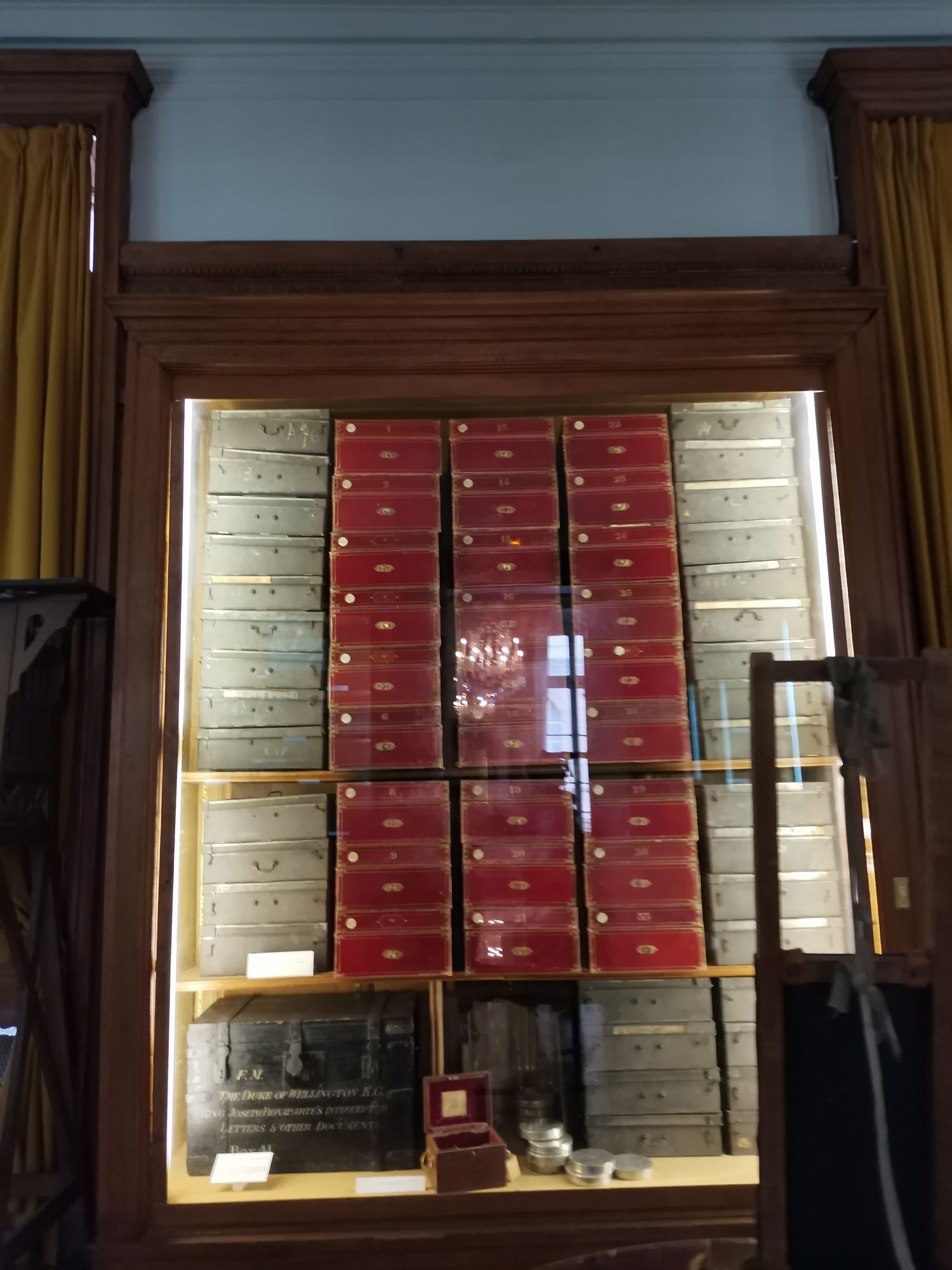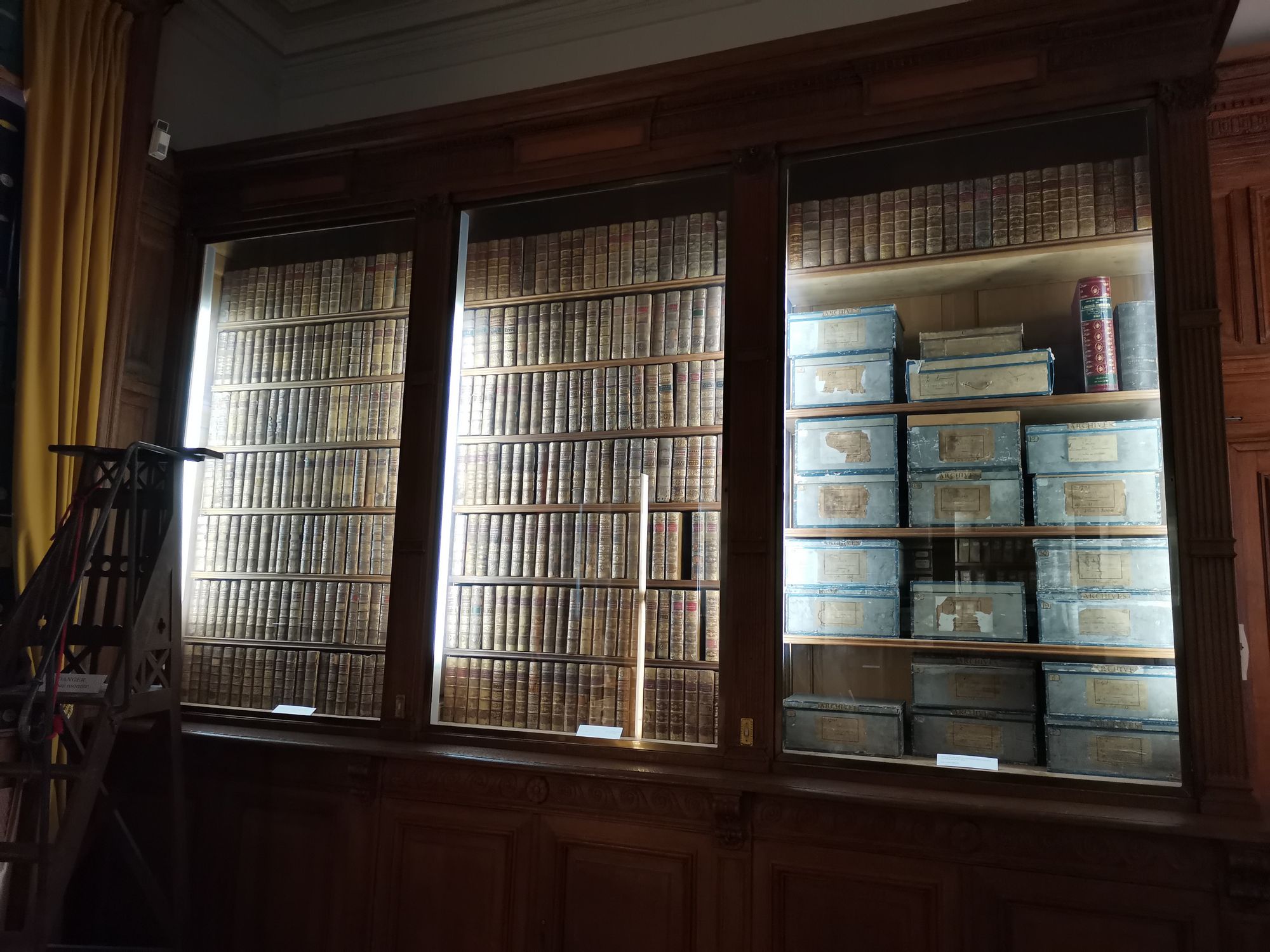L'Hôtel de Soubise, formerly L'Hôtel de Clisson then L'Hôtel de Guise
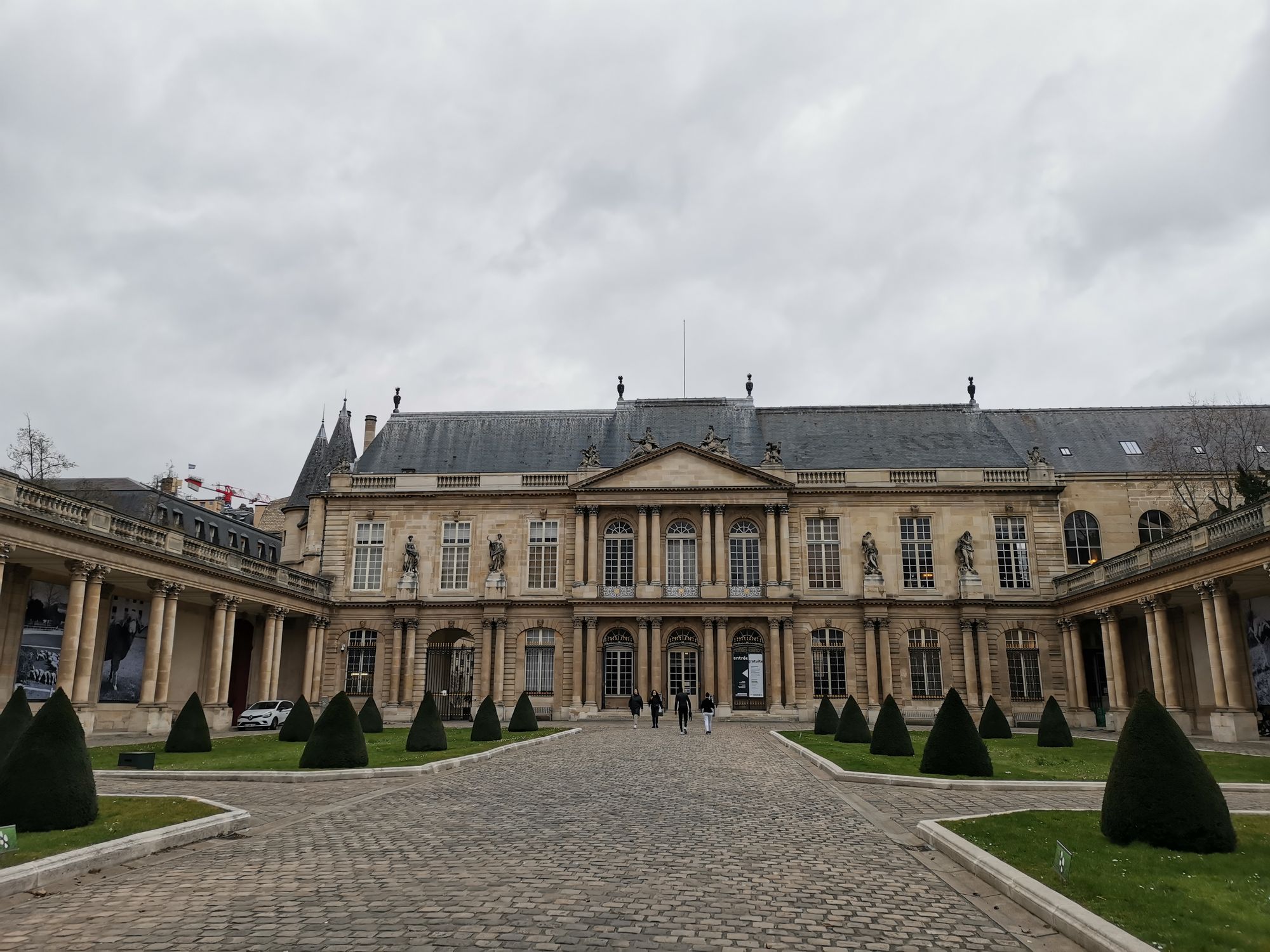 This magnificent 18th-century building, 60 rue des Francs-Bourgeois, is known as the headquarters of the French National Archives, and welcomes the public to view the archives held by this administration.
This magnificent 18th-century building, 60 rue des Francs-Bourgeois, is known as the headquarters of the French National Archives, and welcomes the public to view the archives held by this administration.But the imposing building had a prestigious past before it became a home for collections, and underwent several name changes as its owners changed.
It was Napoleon I who assigned the premises to the Archives Nationales. And in 1867, a small part of the building was dedicated to the Musée de l'Histoire de France.
In this charming little museum and its garden, you can admire exceptional items such as the wills of Louis XIV and Napoleon I, the Edict of Nantes or the Jeu de Paume Oath in the famous “Salle du trésor des Chartes”, where the famous “armoire de fer”, the iron safe
manufactured in 1790 to protect the most precious documents.
The library contains no fewer than 12,000 parchment-bound works from the collection of the Parlement de Paris.
The residence is the most striking vestige of Paris's former aristocracy.
An eventful history
With the arrival of the king in the 14th century, the district began to grow, and the modest dwellings of the Middle Ages were replaced by magnificent private mansions, including today's Hôtel de Soubise.
It was originally named “Clisson” when it was built in 1372 by its creator, the Connétable de Clisson, comrade-in-arms of Bertrand Du Guesclin, then connétable of France under Charles VI.
These “first stones” can be considered as sketches of the later building, as it was still only a fortified house, located inside Charles V's enclosure, of which all that remains is a fortified gateway, flanked by two corbelled towers, at the rear of the building, rue des Archives. This last vestige is a reminder of the splendor of the 14th-century private residences that filled the area at the time.
In the 16th century, the wealthy and powerful Guise family took possession of the premises in 1556, and Henri, known as the scarred one, deployed his ideas of grandeur by remodeling and enlarging the hotel in the Renaissance style.
The Hôtel de Guise, as it was renamed, became the epicenter of the League and Wars of Religion, becoming a place of sad memory with the decision to carry out the St. Bartholomew's Day massacre. The plot is said to have been discussed in the Guise chapel, decorated by the Italian Nicolo de l'Abate, or in the guards' room.
In the 18th century, the sumptuous building came back into the hands of the Clisson family in the person of the Prince de Soubise - who promptly gave it its current name. Anxious to preserve the traces of the past, he decided to respect the site by keeping traces of the former owners' presence, such as the golden Lorraine cross, symbol of the Dukes of Lorraine, or the M surmounted by a crown, placed above the chapel portal, symbolizing the Guise family's devotion to the Virgin Mary.
Architects and artists
Little restored since its construction in 1371, the house was in a state of disrepair when it changed hands during the 16th century. In 1556, the Duke of Guise, known as “le balafré” (the scarred one), spent considerable sums to have it restored and decorated in the Renaissance style by the famous architect
architect and leader of the first Fontainebleau school, Francesco Primaticcio, known as Le Primatice, and the painter Niccolo dell'Abbate.
In 1700, architect Pierre-Alexis Delamair was commissioned by François de Rohan-Soubise and his wife to modernize the building, which lacked architectural unity and a façade worthy of the name. It was decided to change the facade of the square, placing a classical façade on the south wing and creating a vast courtyard of honor in place of the former Guise Manège. From the vast space between the Hôtel de Laval and Rue de Paradis, he created a sumptuous courtyard surrounded by 56 Corinthian columns forming a double covered gallery leading to the palace, with a further 24 columns decorating the ground and second floors. Boucher and Carl Van Loo had painted rooms, Trémolières the bedroom of the Princess of Rohan, Blanchard an anteroom... a multitude of artists worked to embellish the residence.
Nicole dell' Abbate decorated the chapel ceiling with a superb Adoration of the Magi and scenes on the walls. Of these works, only the memory remains...
The oval salon was an absolute masterpiece, calling on the talents of Boffrand, Natoire, Adam and Lemoyne... The scissors of sculptor Harpin worked wonders on the hotel's unique woodwork...
Most of the remodeling concerned the interiors, when the Prince de Soubise's son began sumptuous interior fittings in the rocaille style, with a wealth of mirrors and medallions carved into cornices and wainscoting.
François Boucher, Charles Natoire and Jean-Baptiste II Lemoyne to decorate everything, and to decorate the door tops with paintings.
In 1735, Boffrand also built a new, oval-shaped pavilion to link the north wing and serve the apartments of the Prince de Soubise's son.
The oval salon, bathed in light, is a jewel over which time has had no hold, and whose works are a living testimony to the talents of 18th-century artists.
During the French Revolution, the Hôtel de Soubise was sequestered and sold to the family's creditors.
It was not until 1808 that an imperial decree ordered its purchase by the State, which installed the imperial archives there.
The destruction of old parts to build “modern” ones to house the archives took place in two periods, the first from 1838 to 1848 under the direction of architects Édouard Dubois and Charles Lelong, and between 1859 and 1880 (including the destruction caused by the siege of Paris) with Hubert Janniard and then Edmond Guillaume.
Don't miss the Hôtel de Soubise
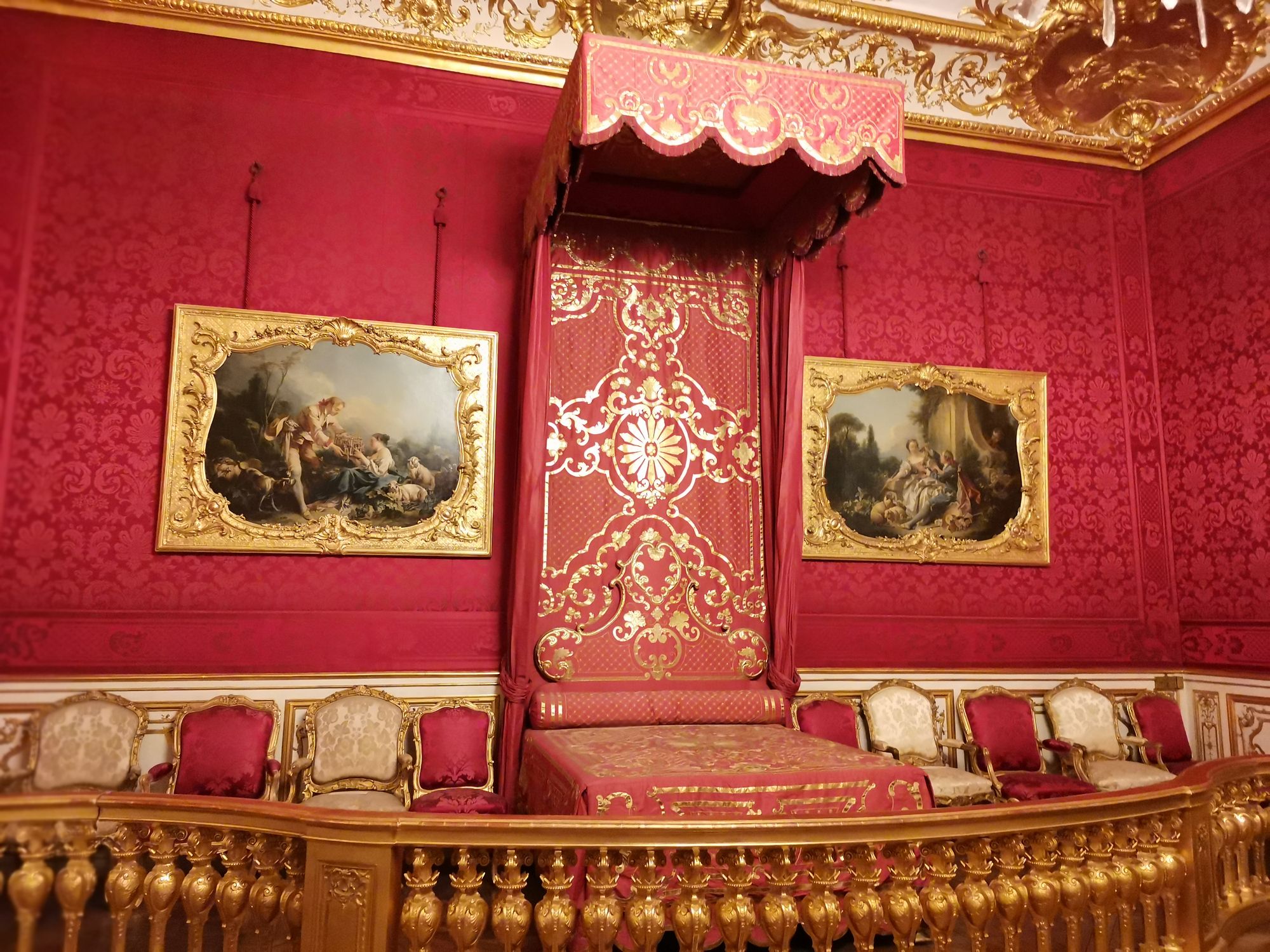 The Prince's apartment, with its audience chamber and ceremonial room, followed by Boffrand's salon du Prince and the grand cabinet, are a must.
The Prince's apartment, with its audience chamber and ceremonial room, followed by Boffrand's salon du Prince and the grand cabinet, are a must.Upstairs, the grand staircase rebuilt in 1844 leads to the princess's private apartments. After passing through the guards' room and the assembly room, we head for the state bedroom before entering the salon de la princesse, another not-to-be-missed masterpiece by Boffrand and Natoire. The small bedroom is followed by the Salle du Dais and the salon known as the “Empire”, built in the 19th century by combining several rooms from the princess's apartments and housing documents from the First Empire.
Practical information
Hôtel de Soubise
60 rue des Francs Bourgeois - 75003 Paris
Opening hours:
Open Monday to Sunday (closed on Tuesdays)
Weekdays: 10h-17h30
Saturday: 14h-
Rates: €18 per person and €13 for our members (including €4 entrance fee).
Garden opening times:
Autumn and winter: daily from 8am to 5pm, from the last Sunday in October to the last Saturday in March.
last Saturday in March.
Spring-Summer: 8 a.m. to 8 p.m., from the last Sunday in March to the last Saturday in October.
of October.
Free admission
Subway: Hôtel de Ville, Rambuteau.
Page written by Salsa Bertin
Some photos
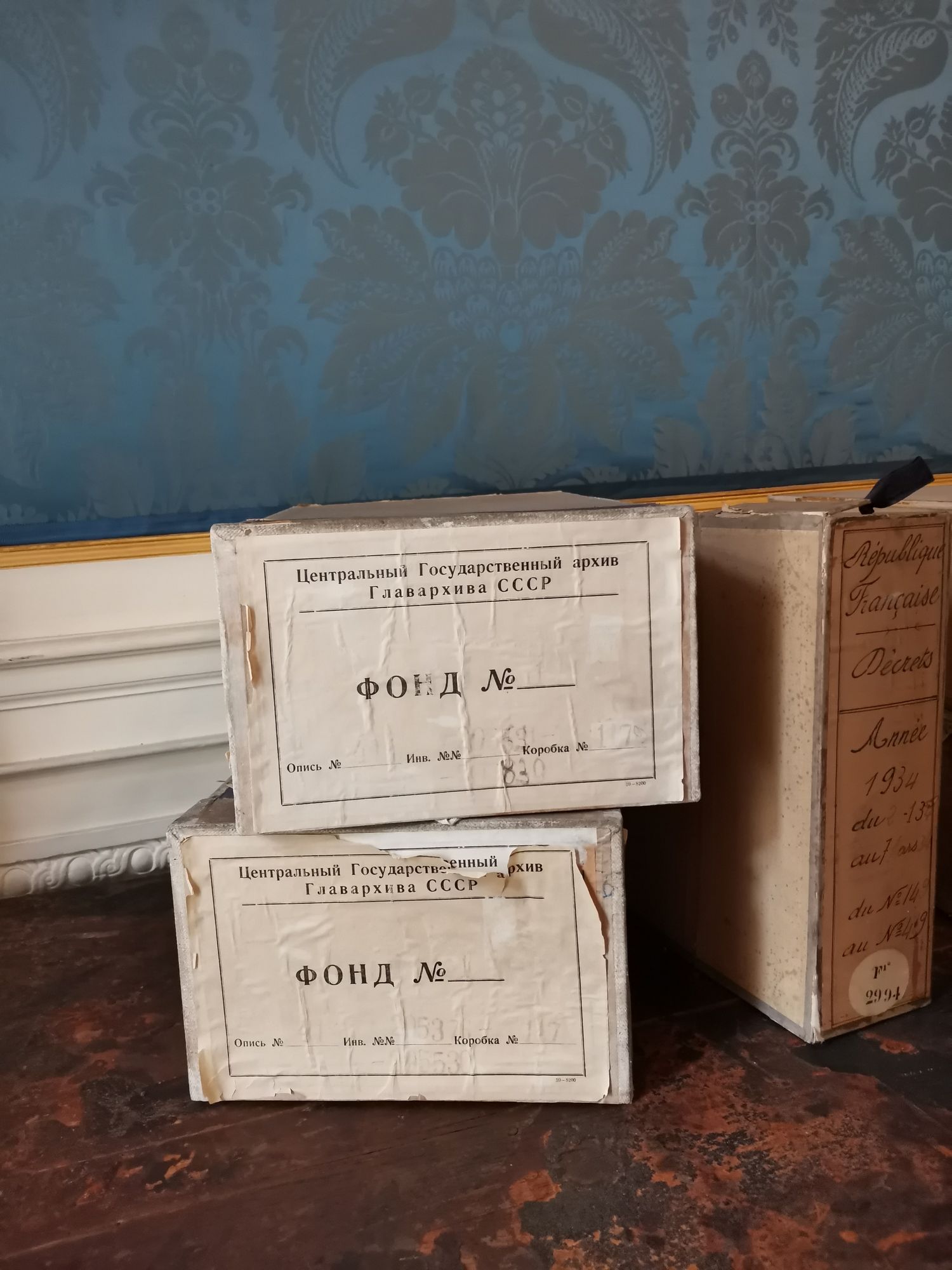
Retour sommaire des Hôtels particuliers du Marais
